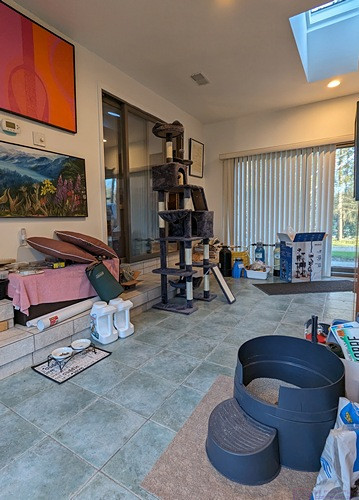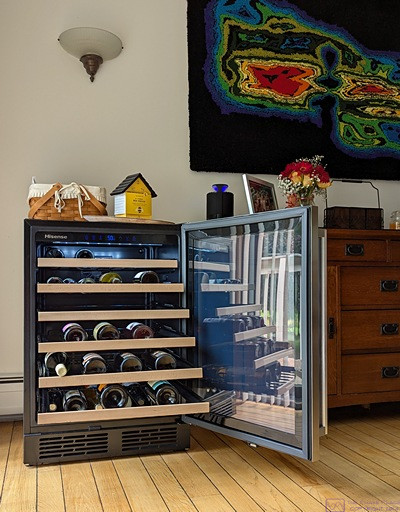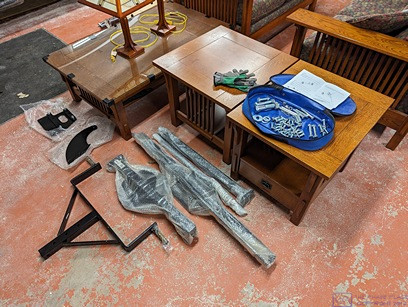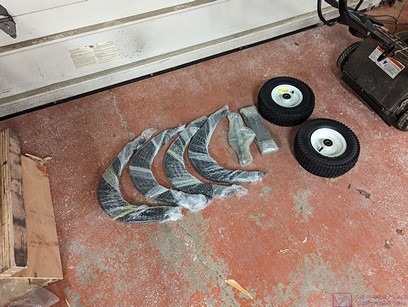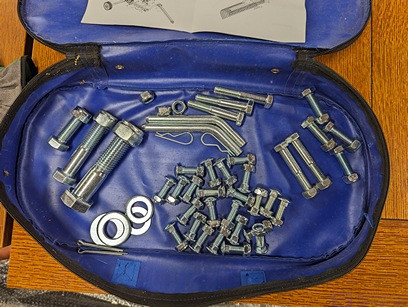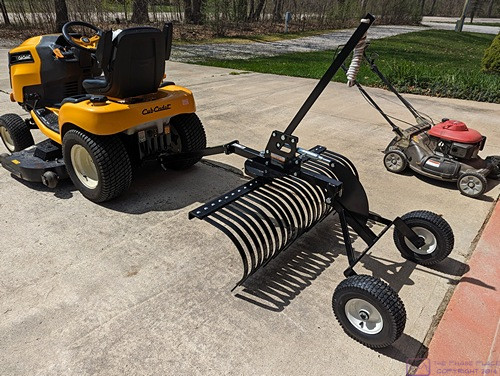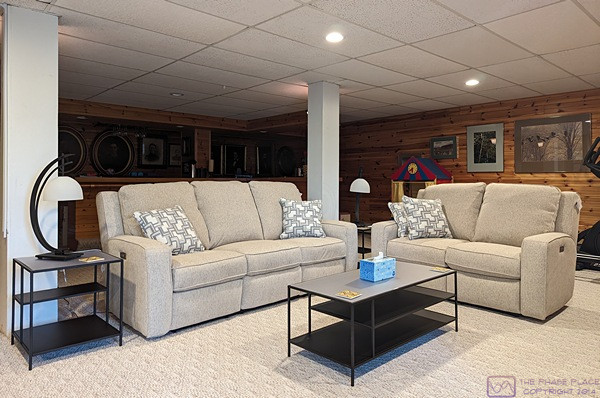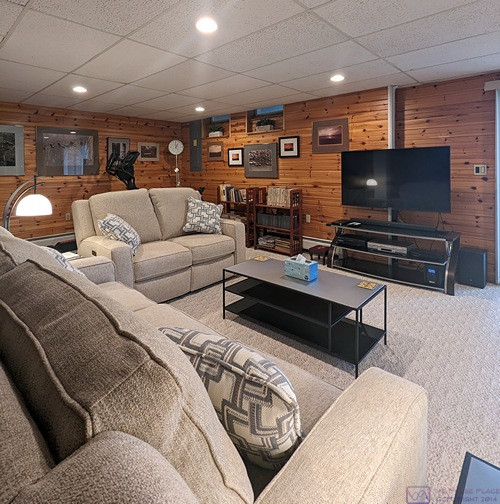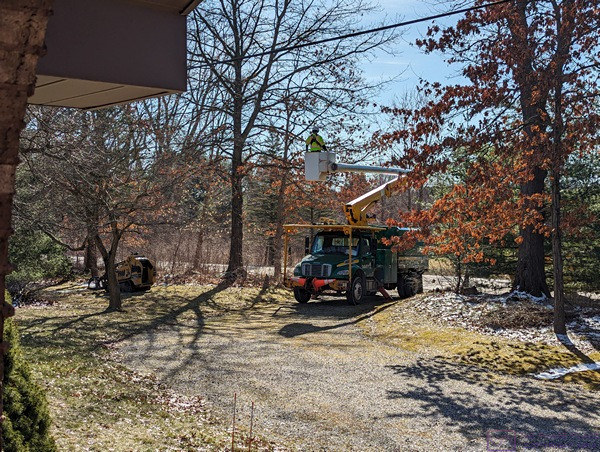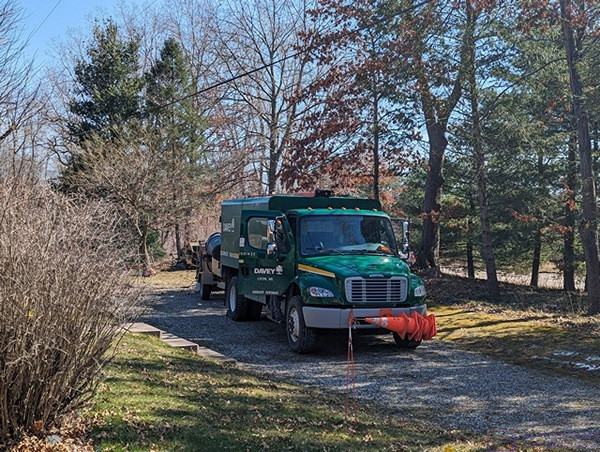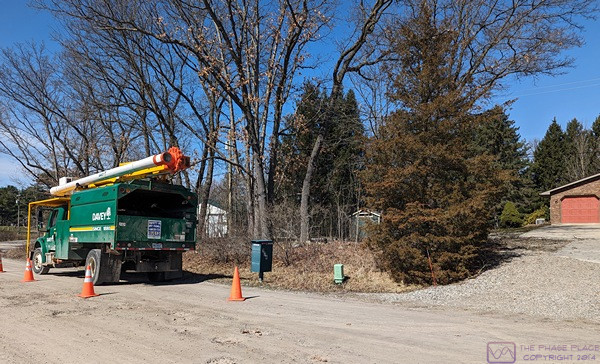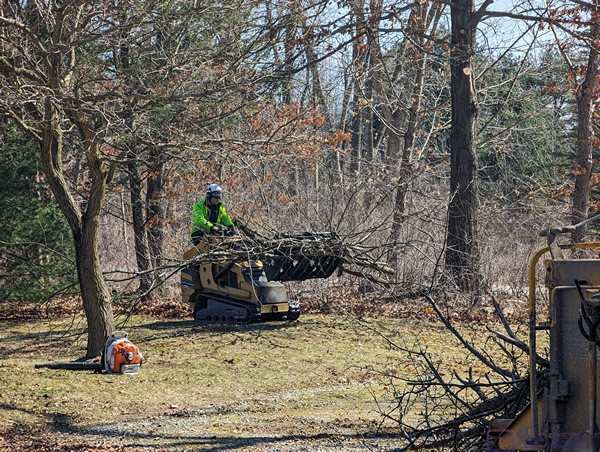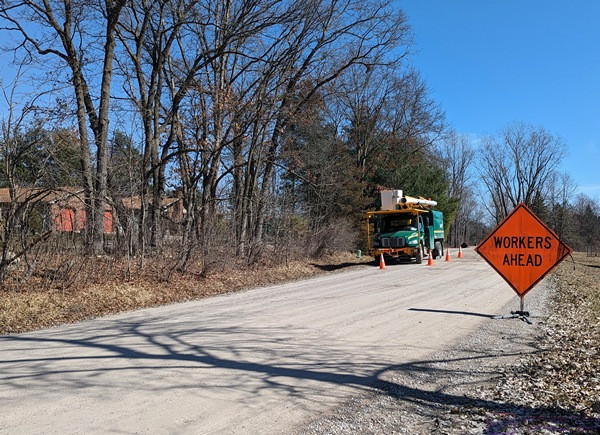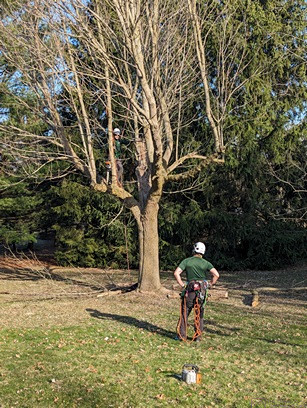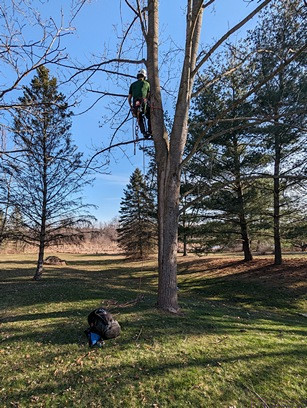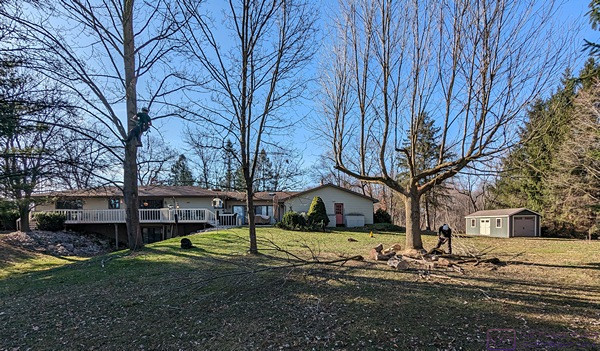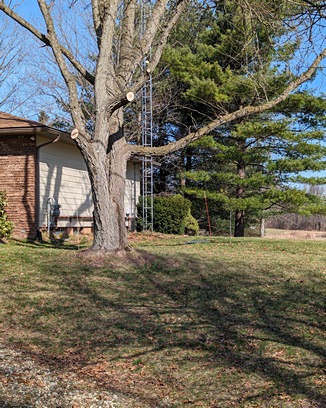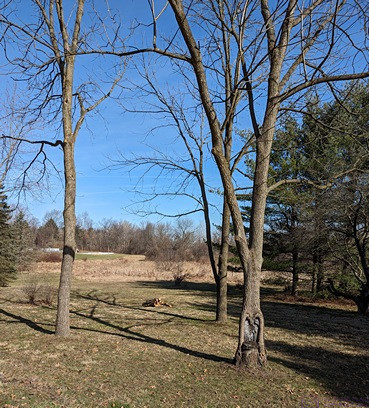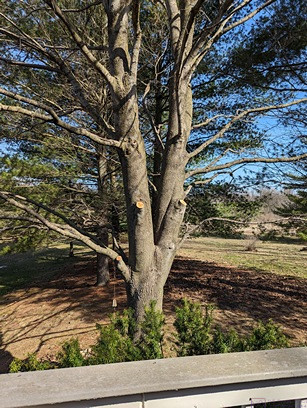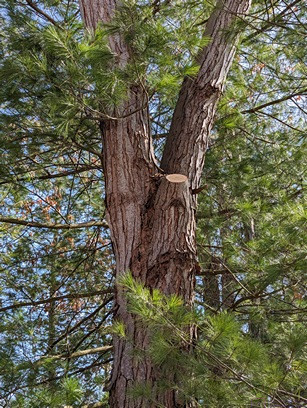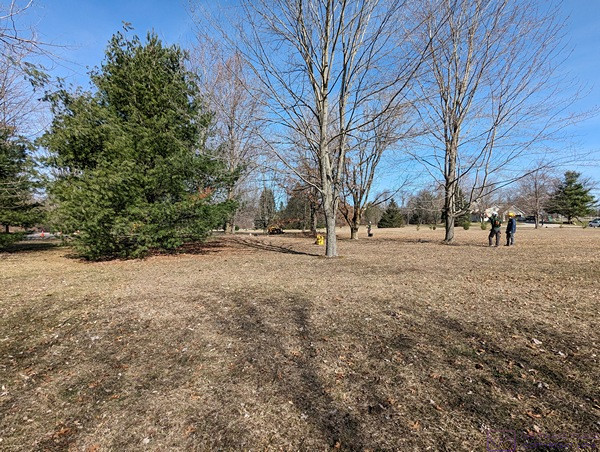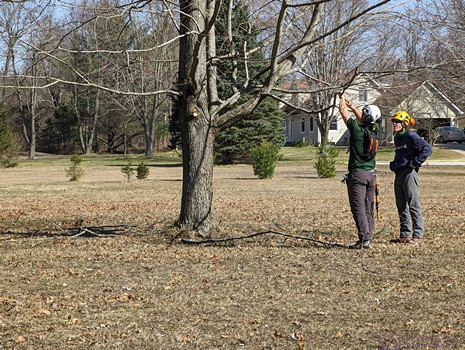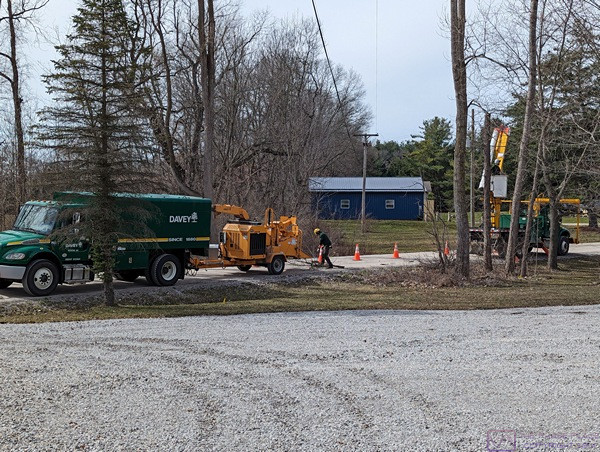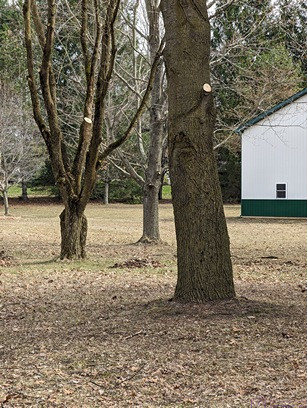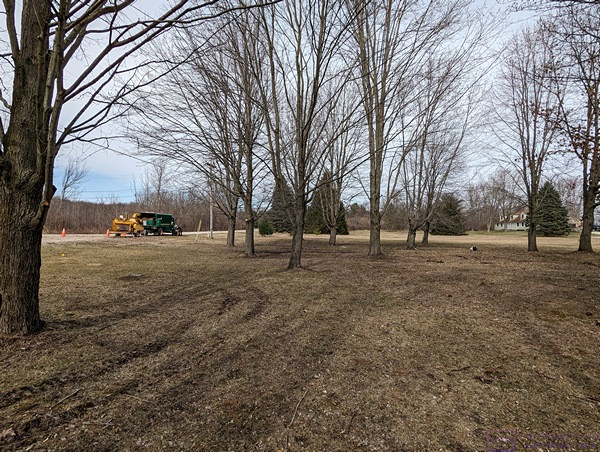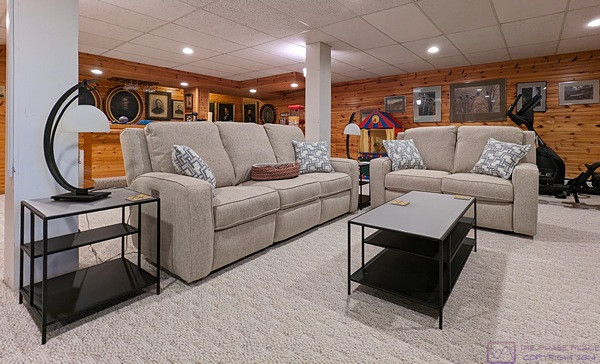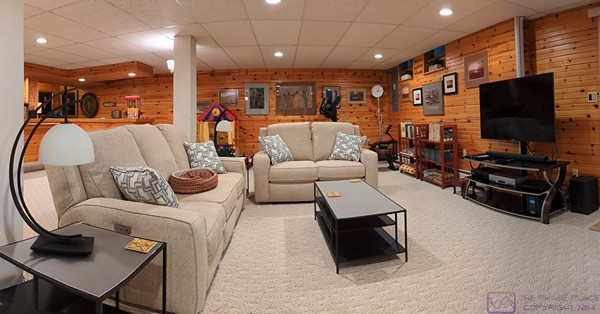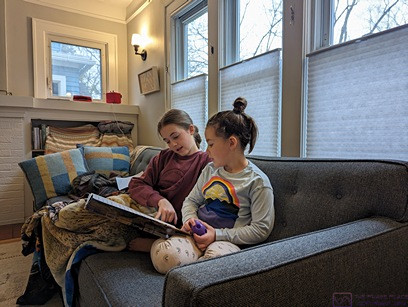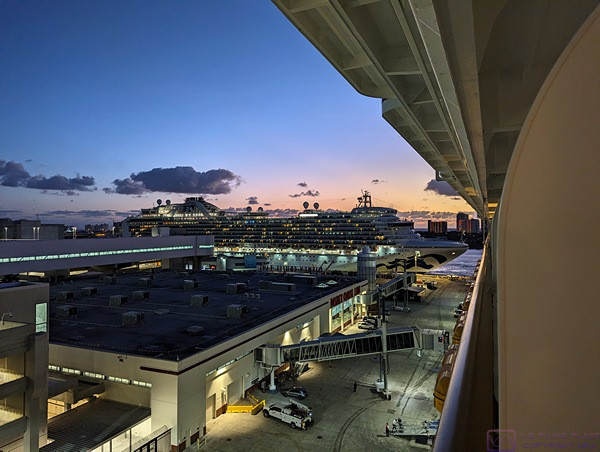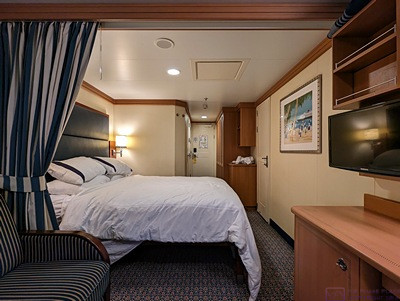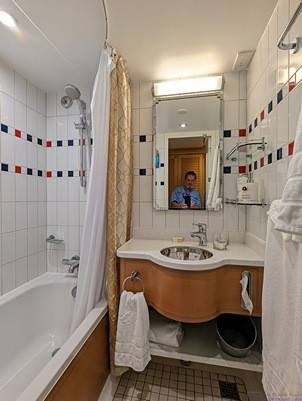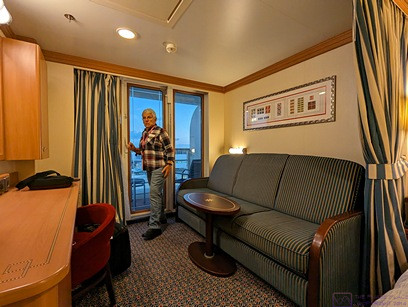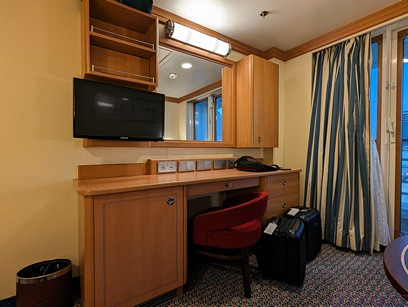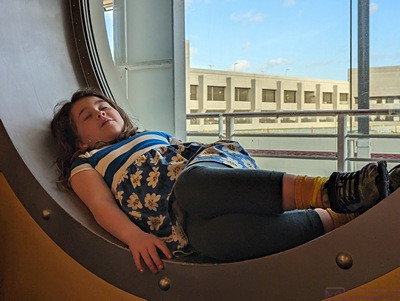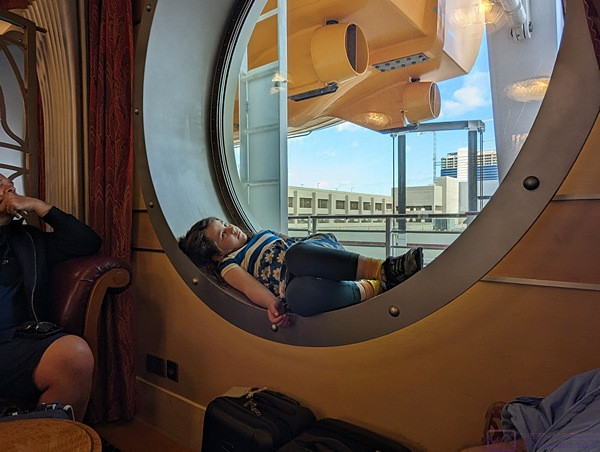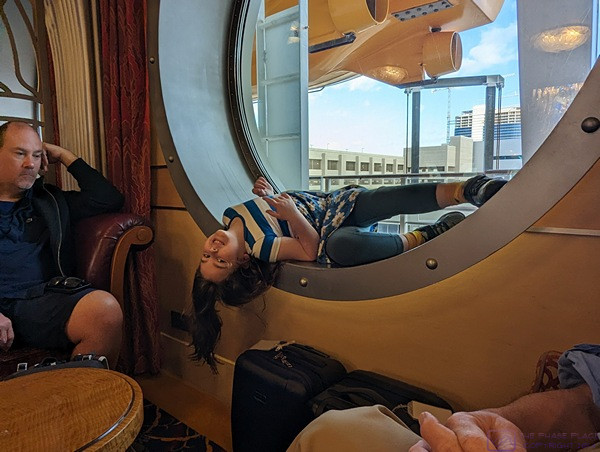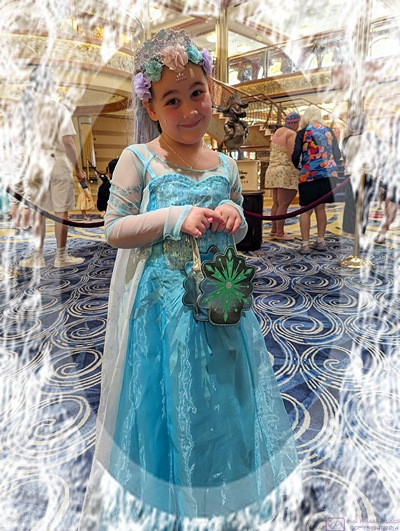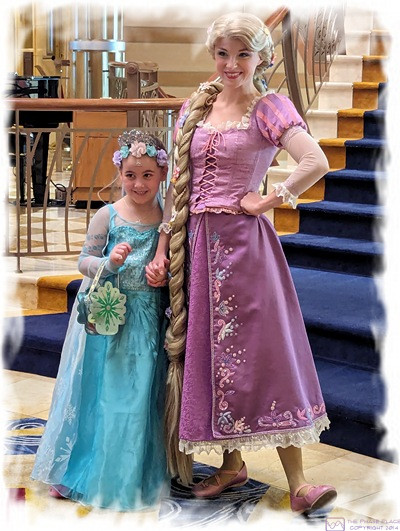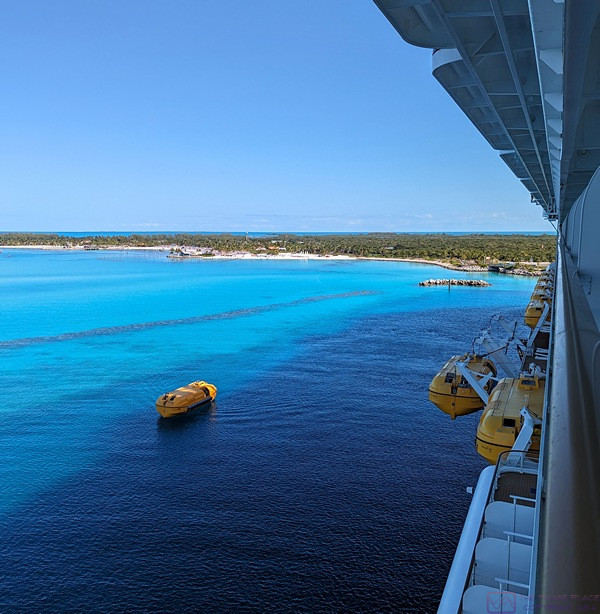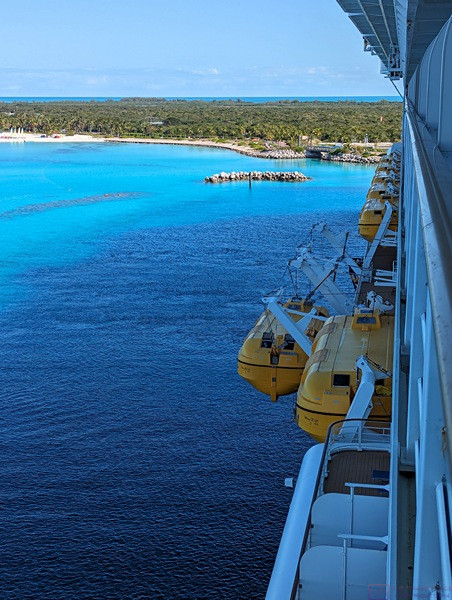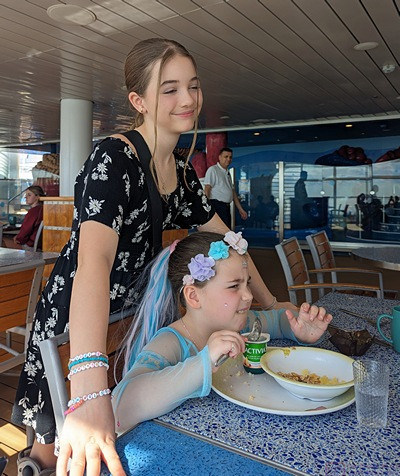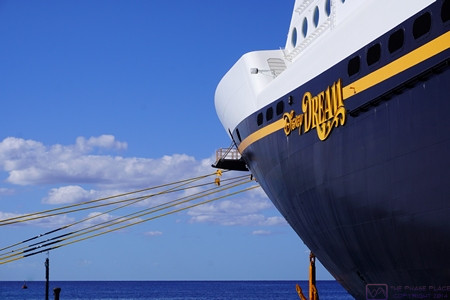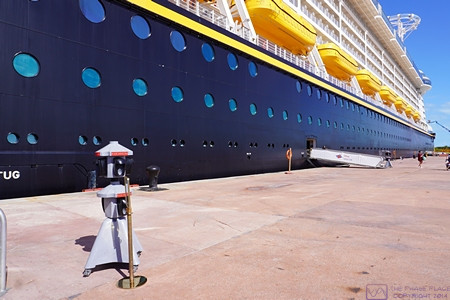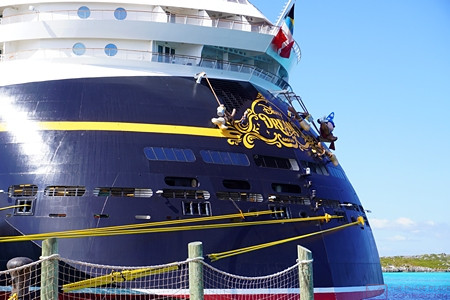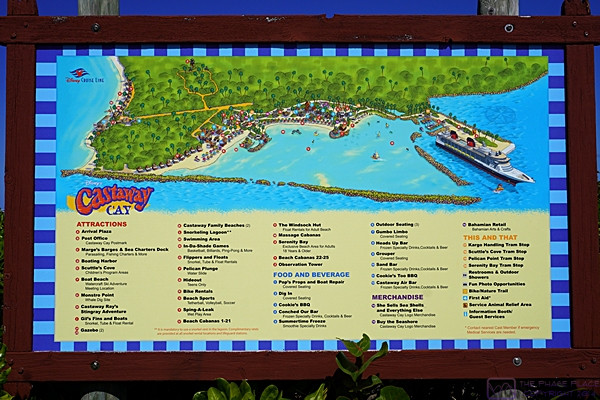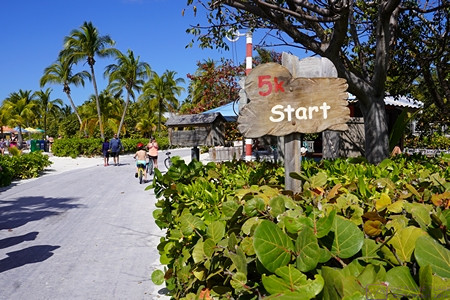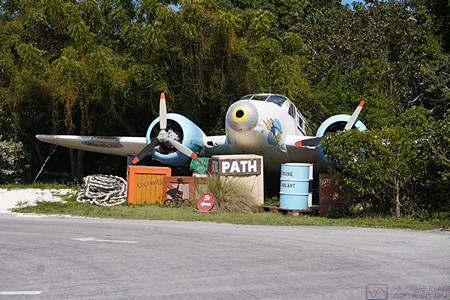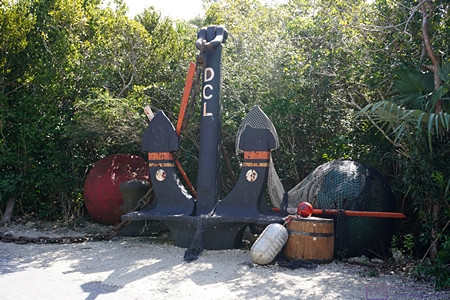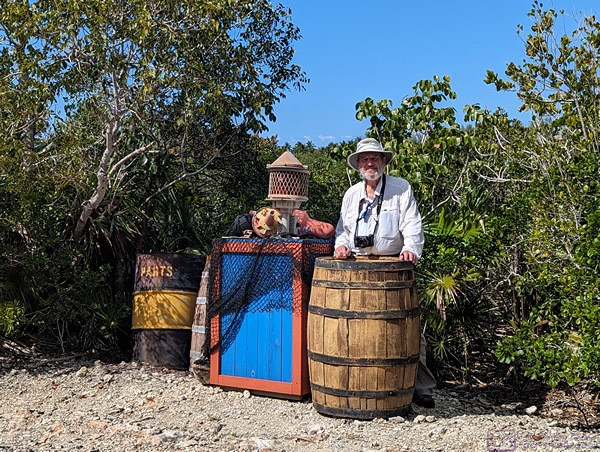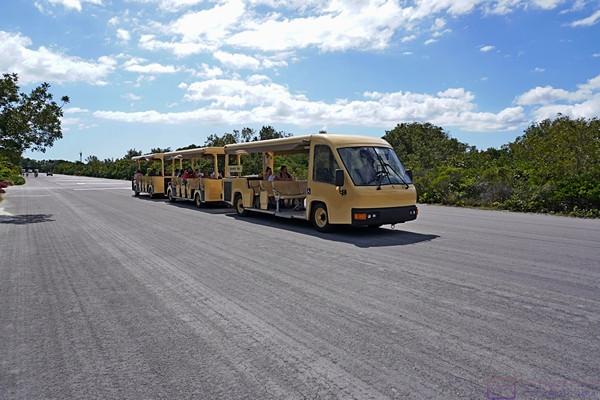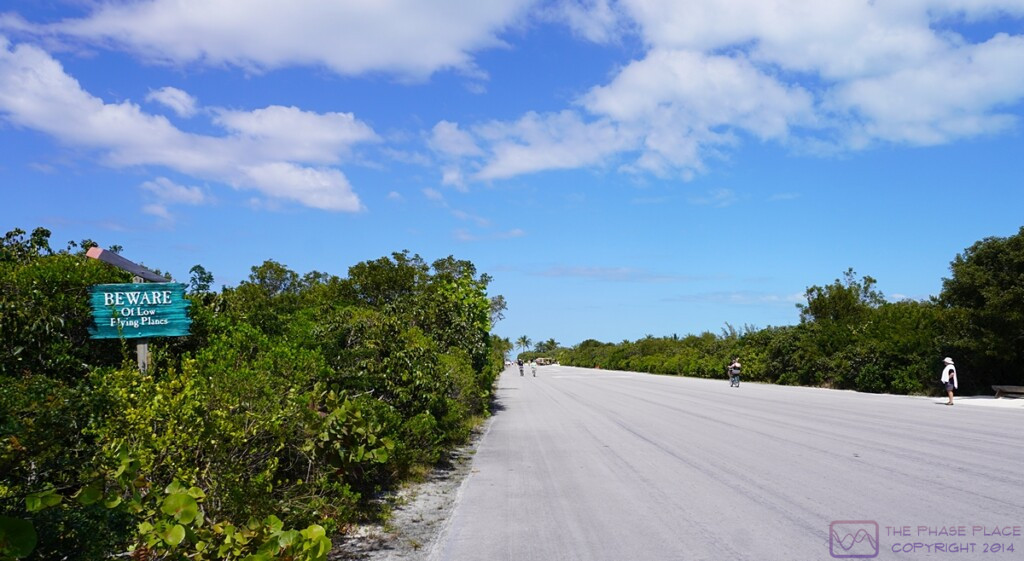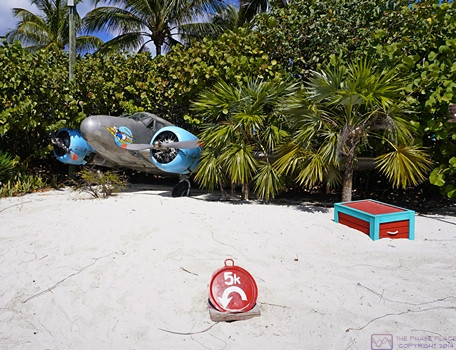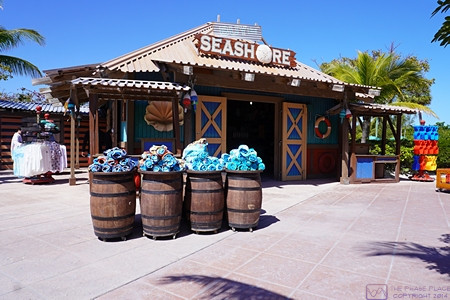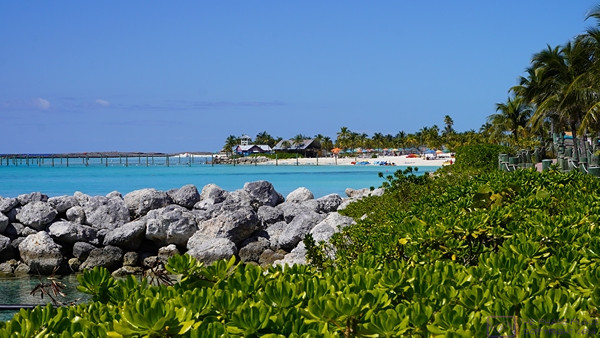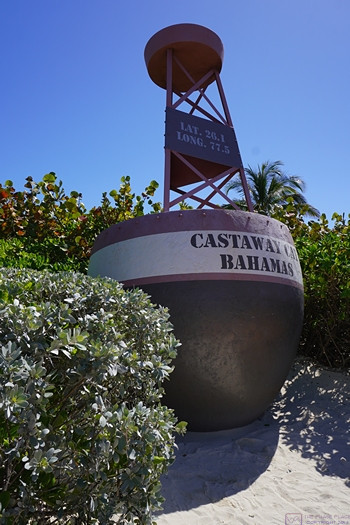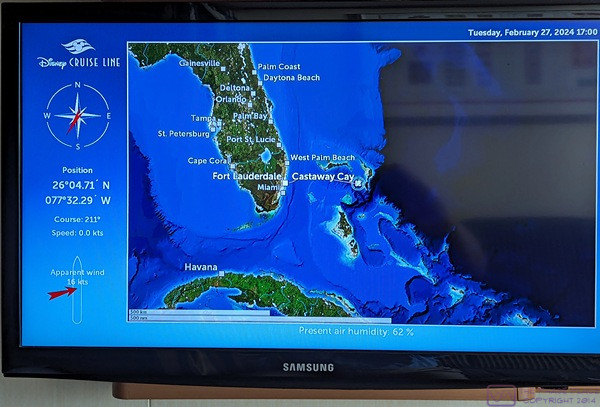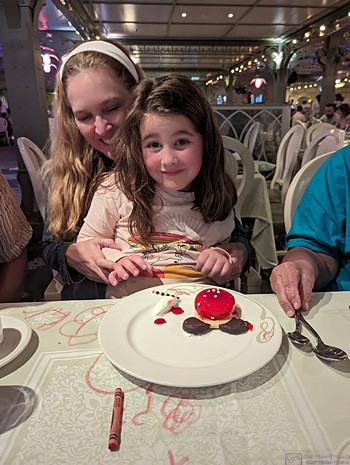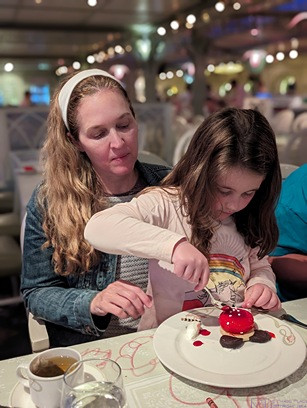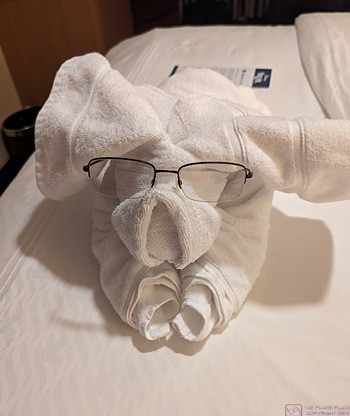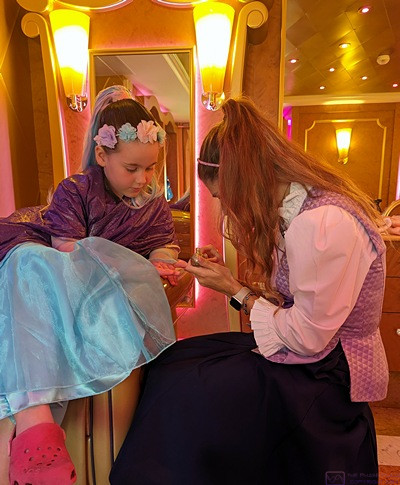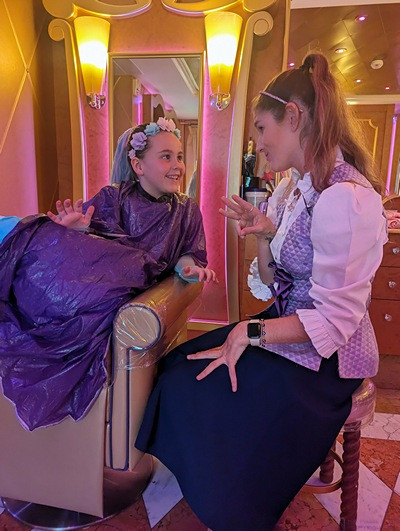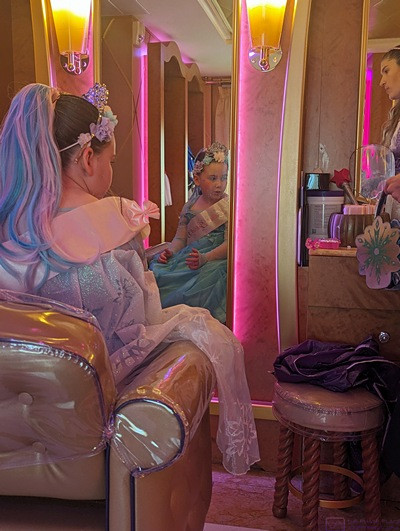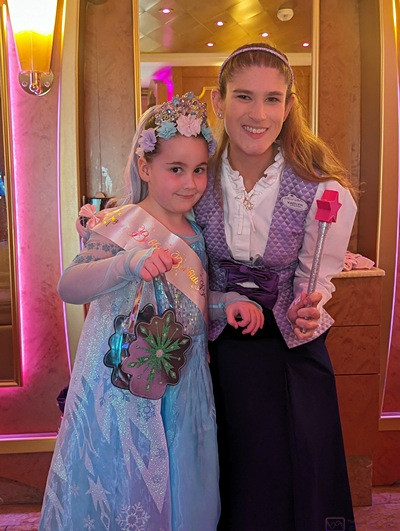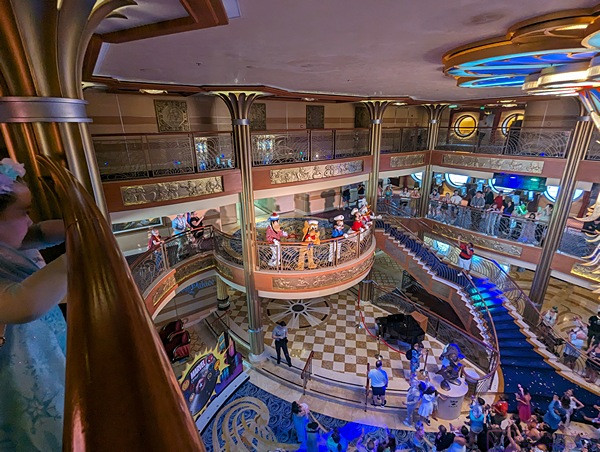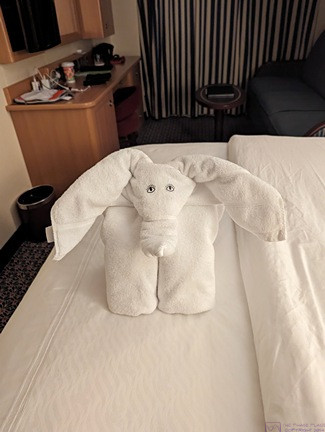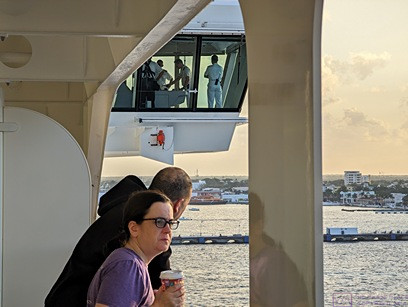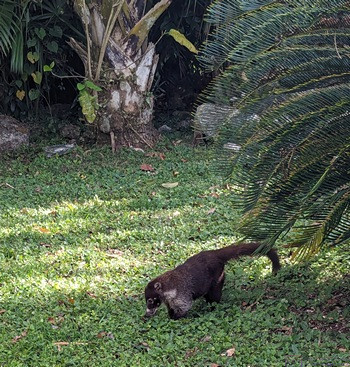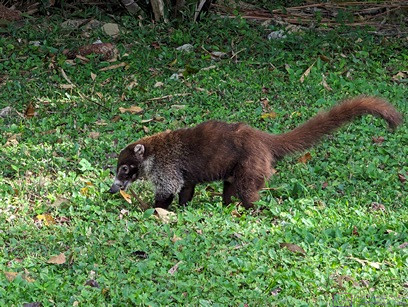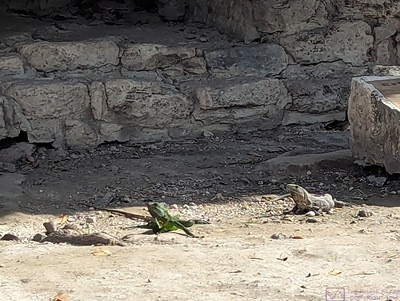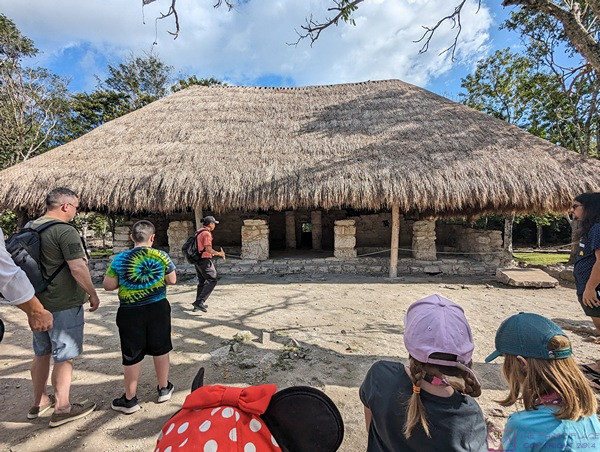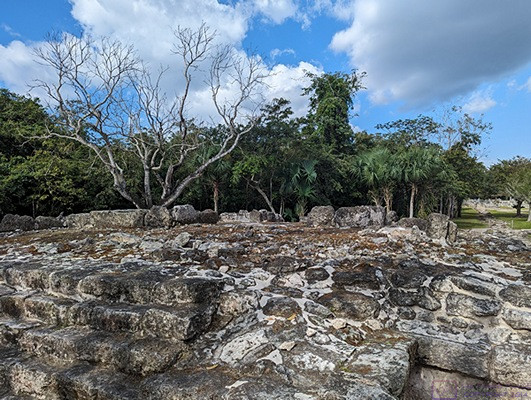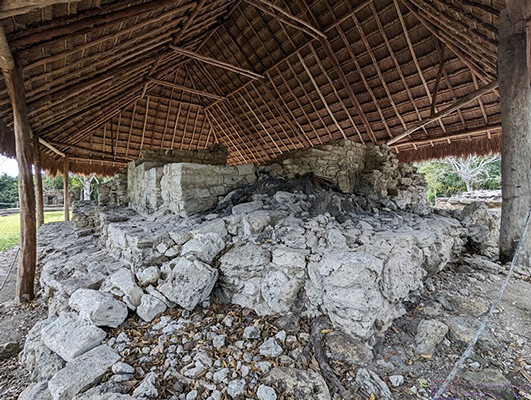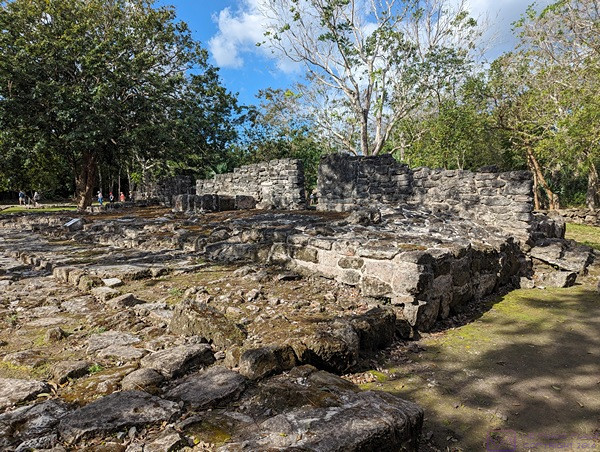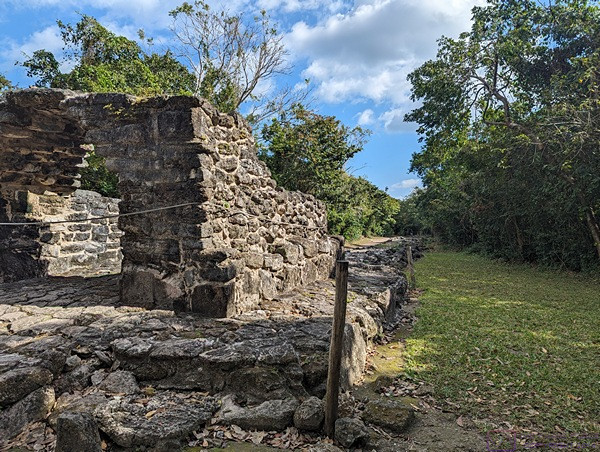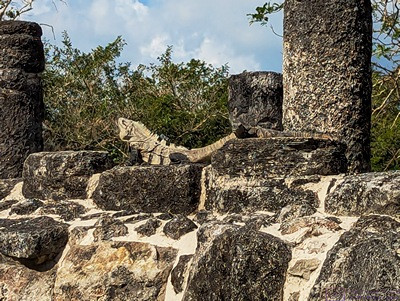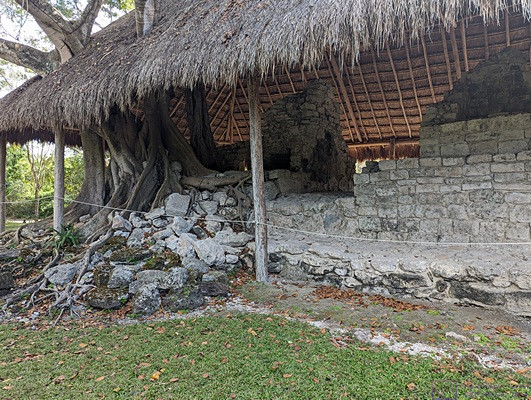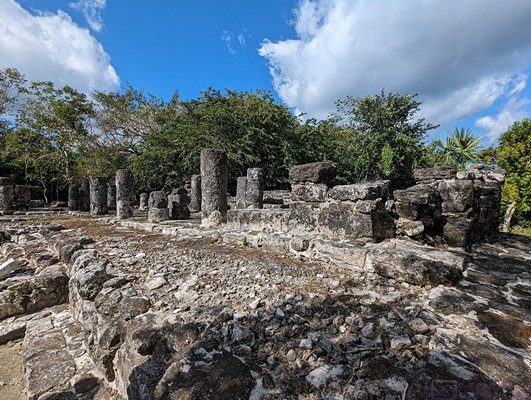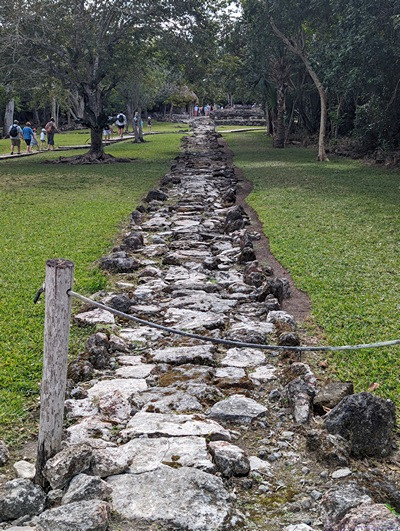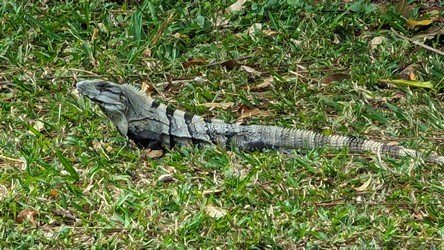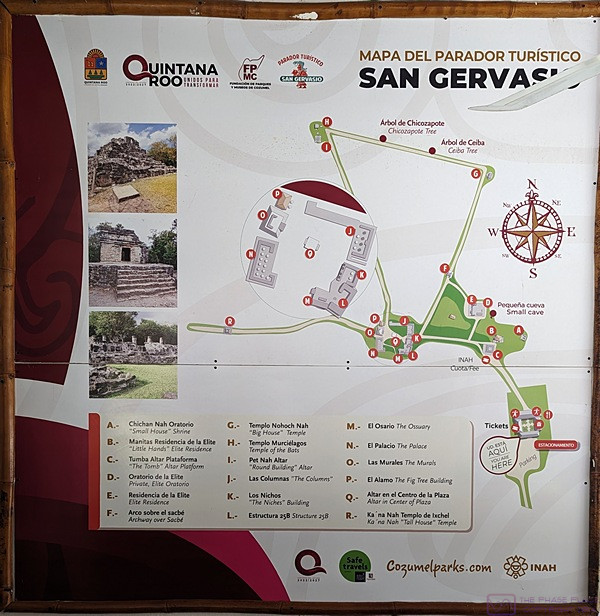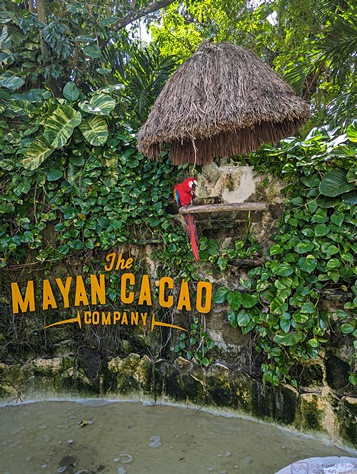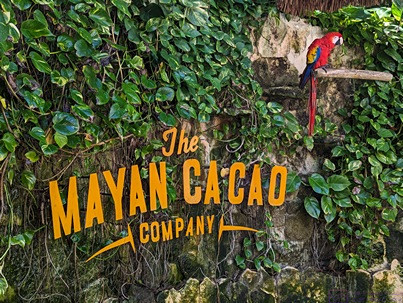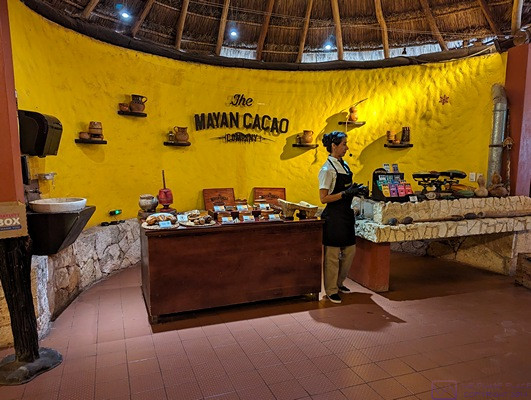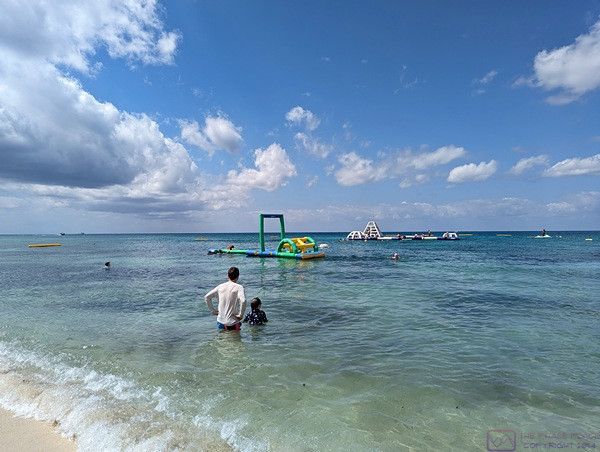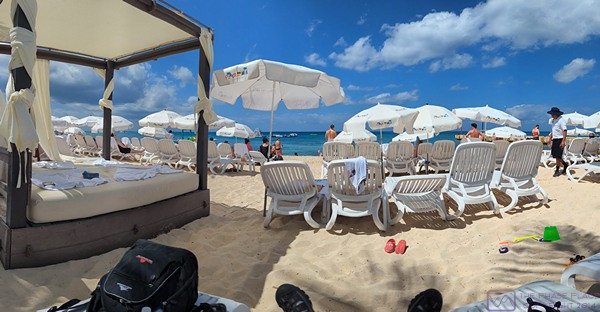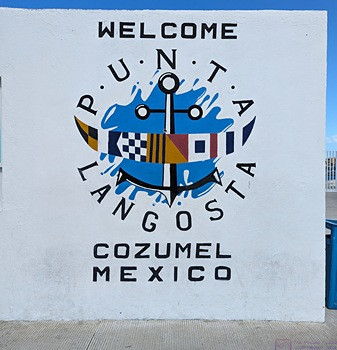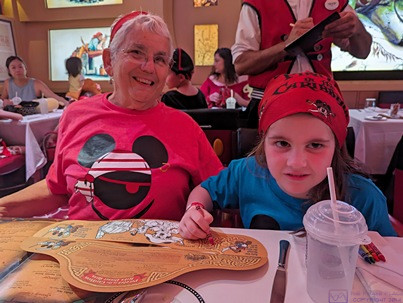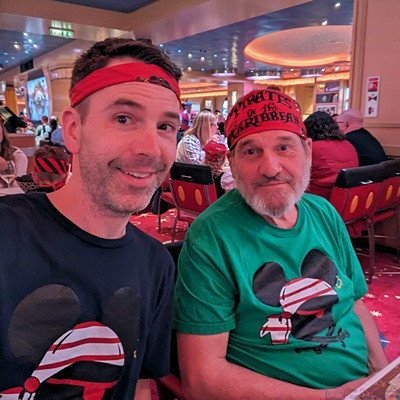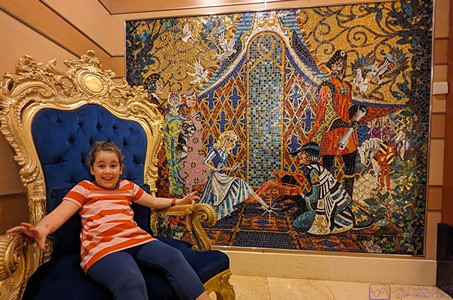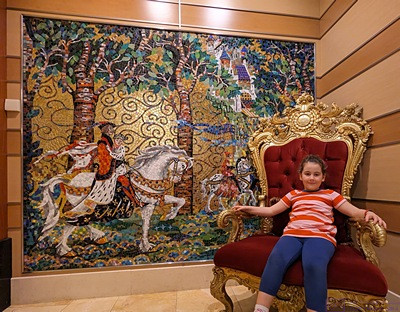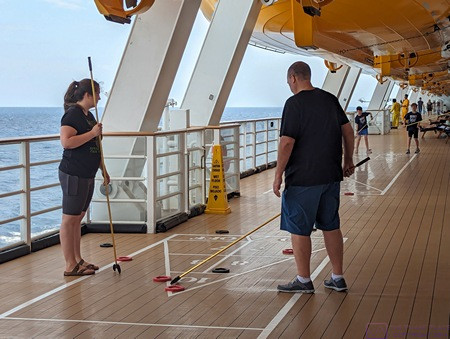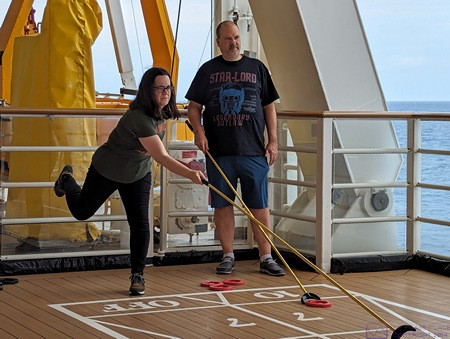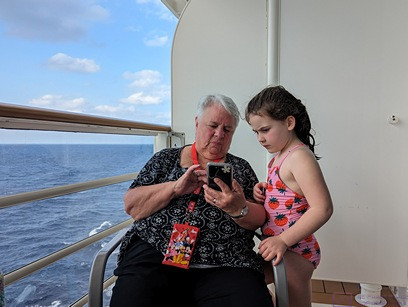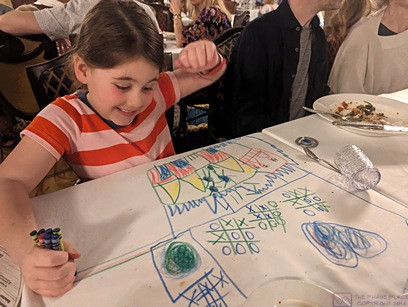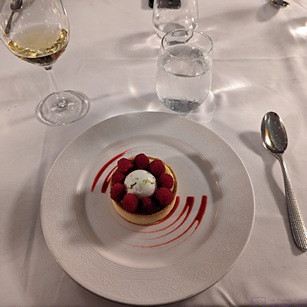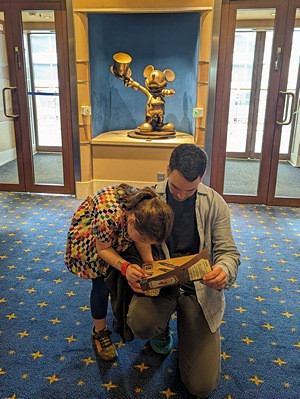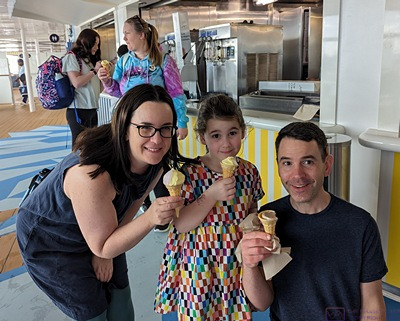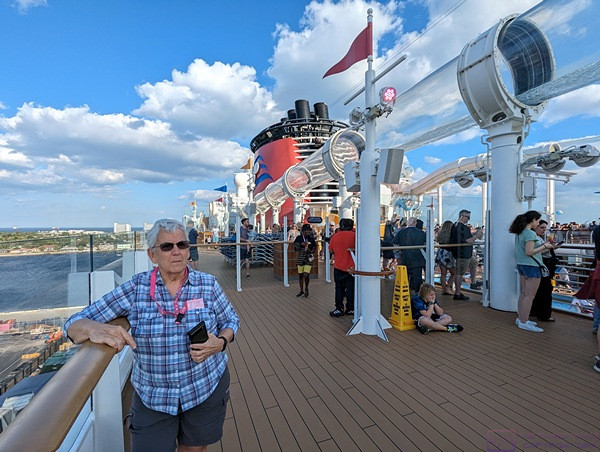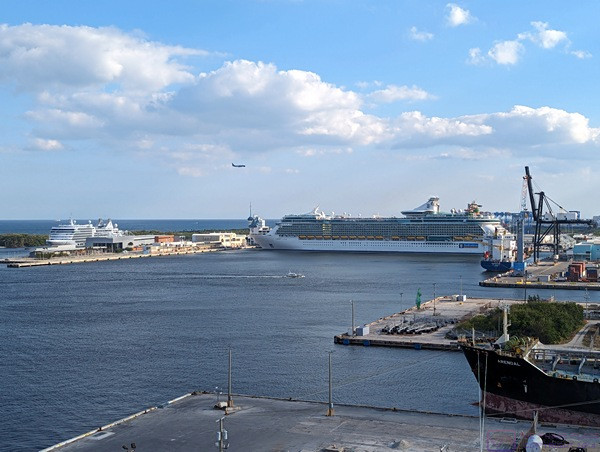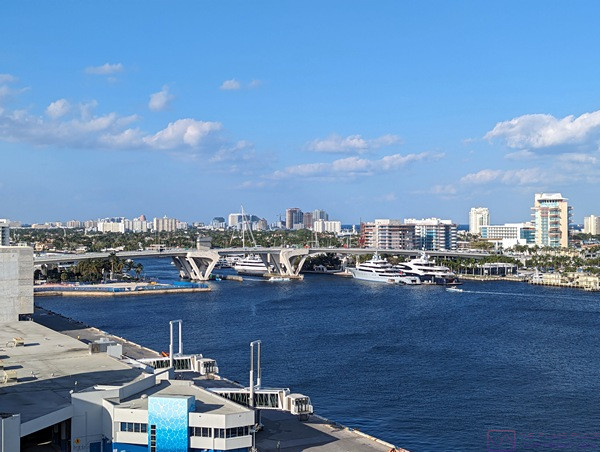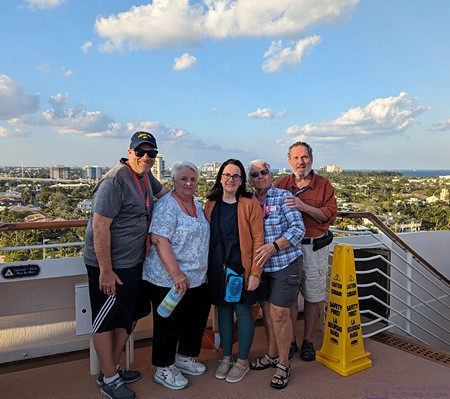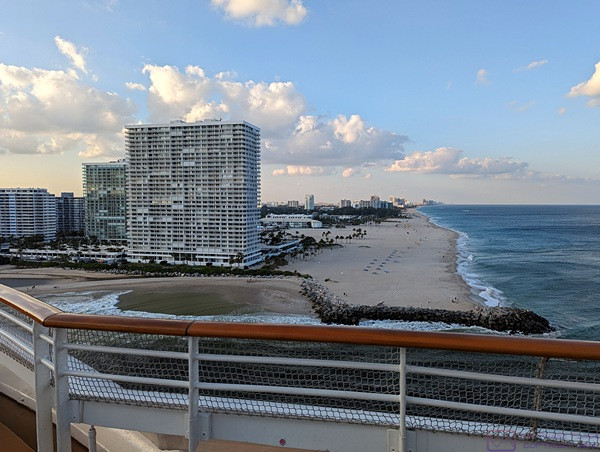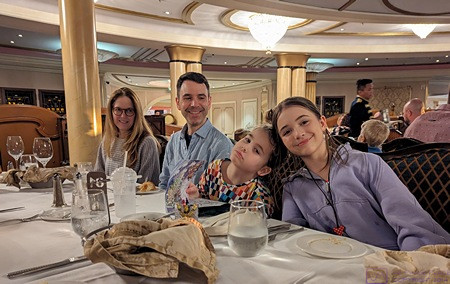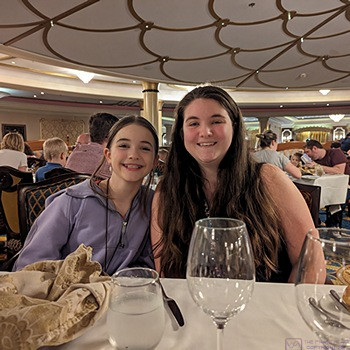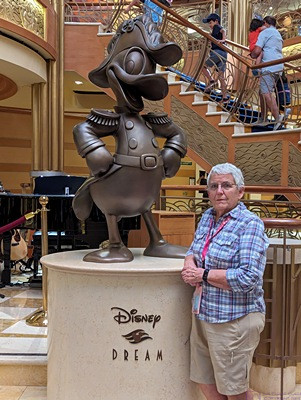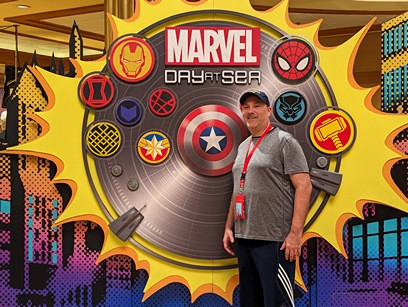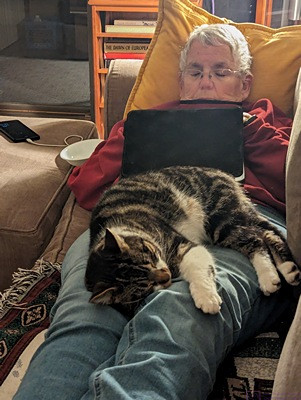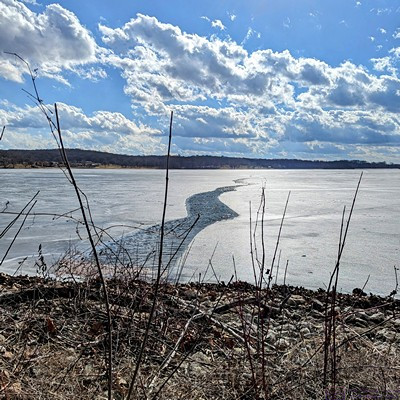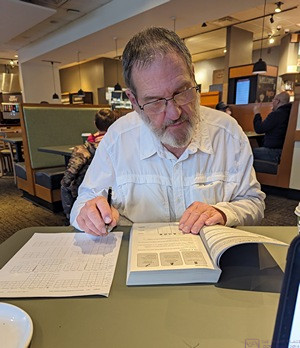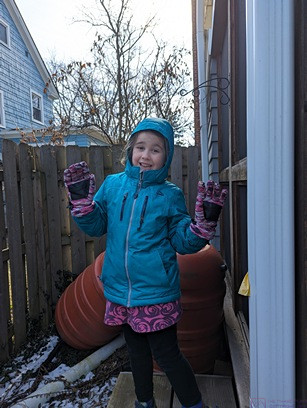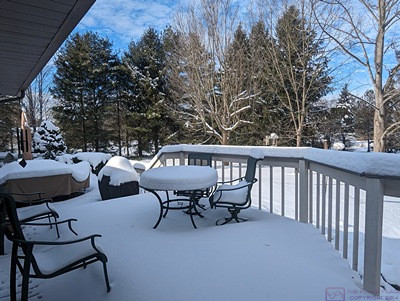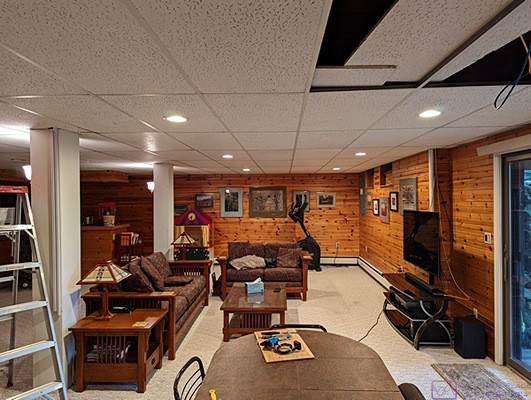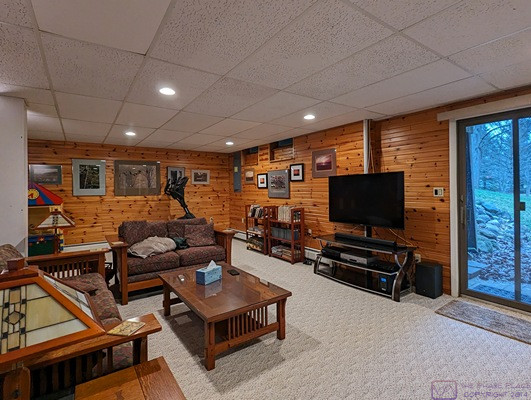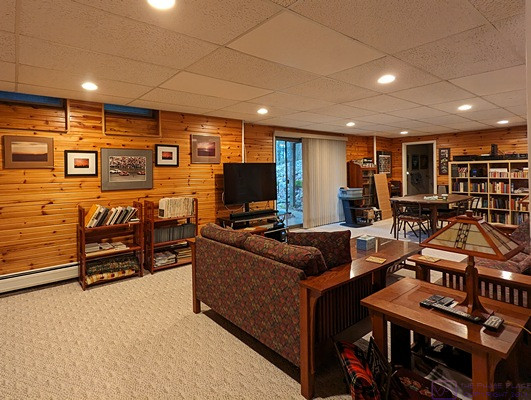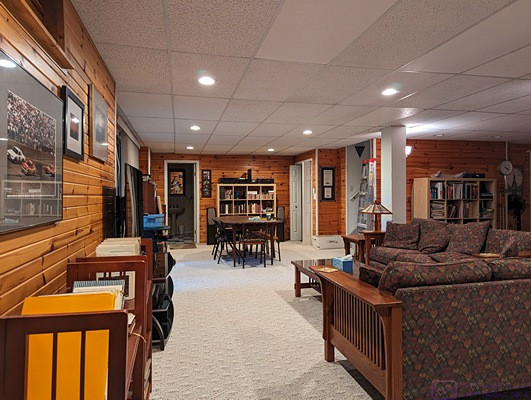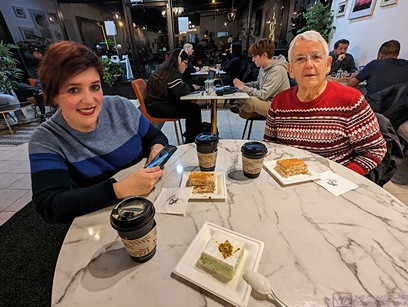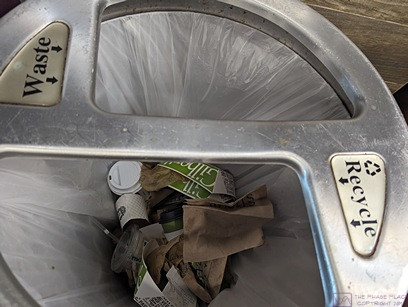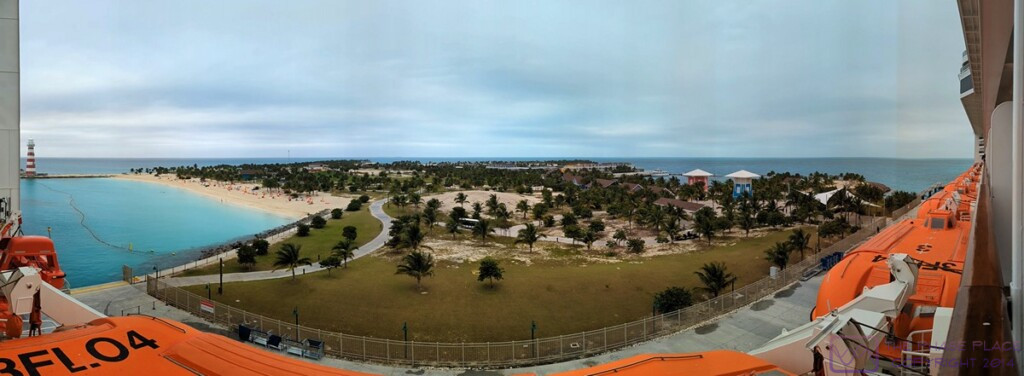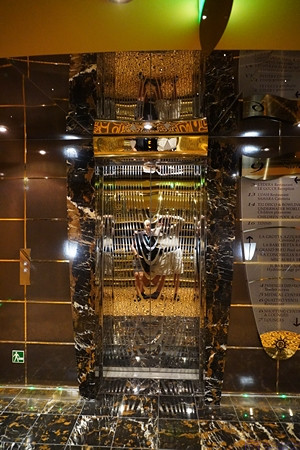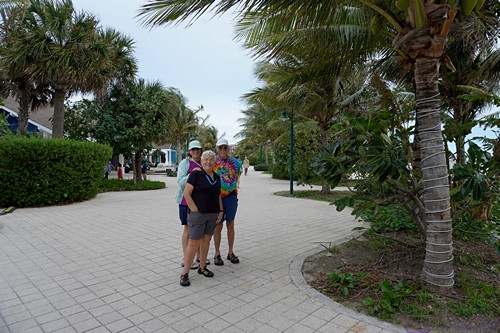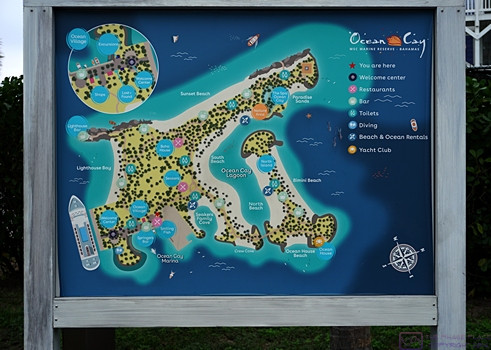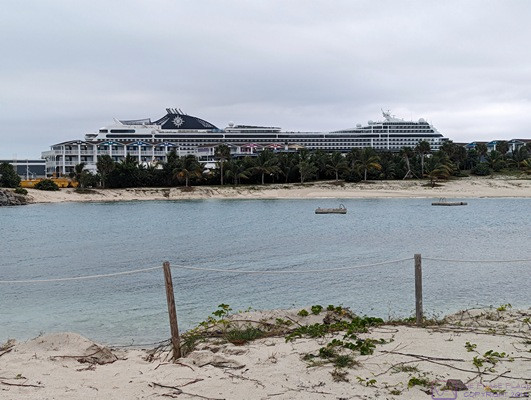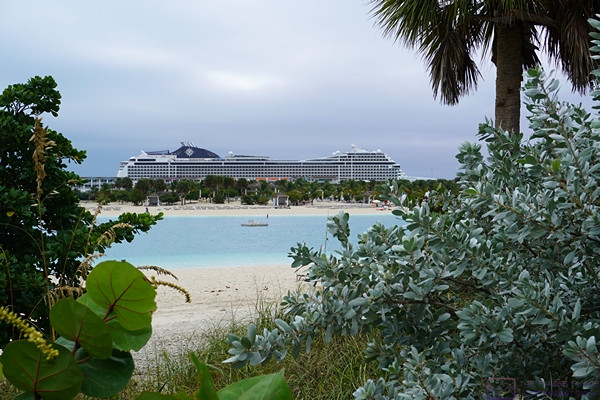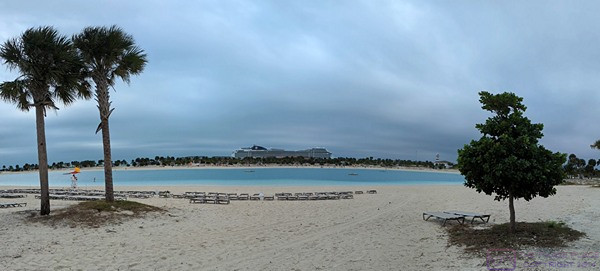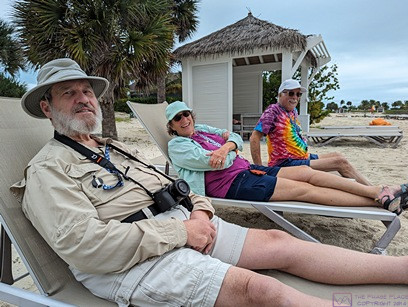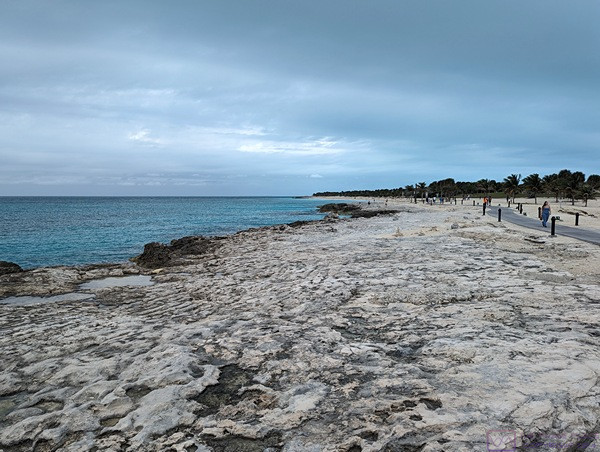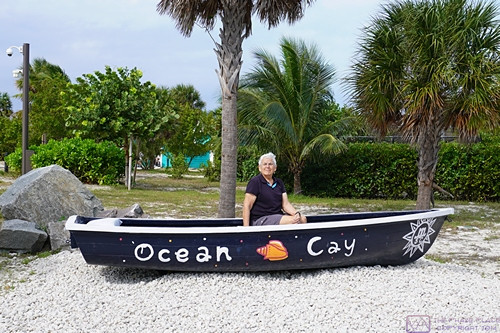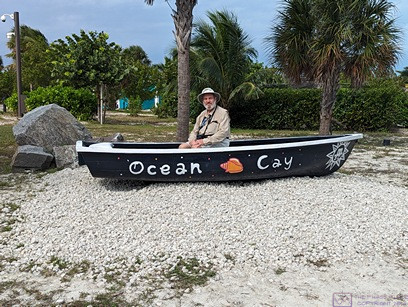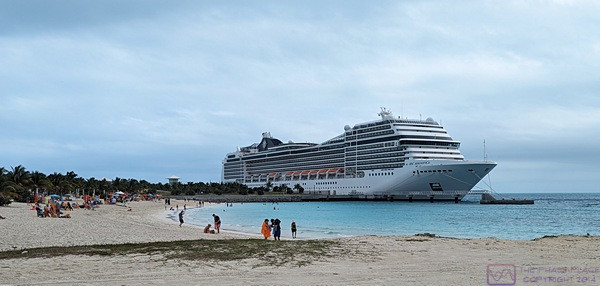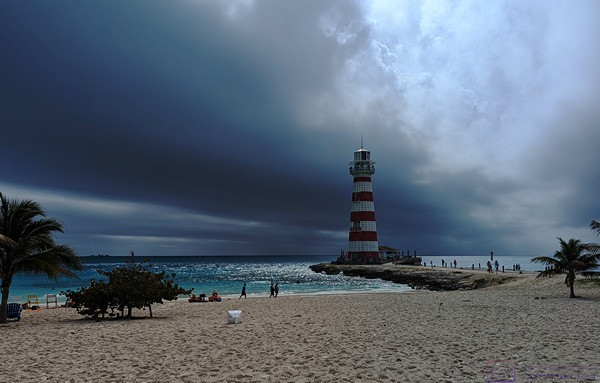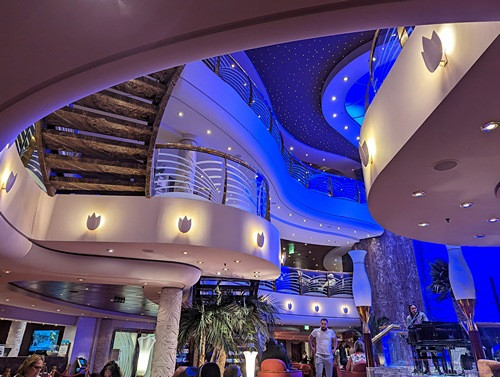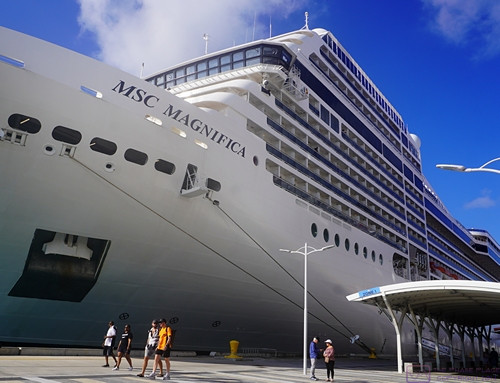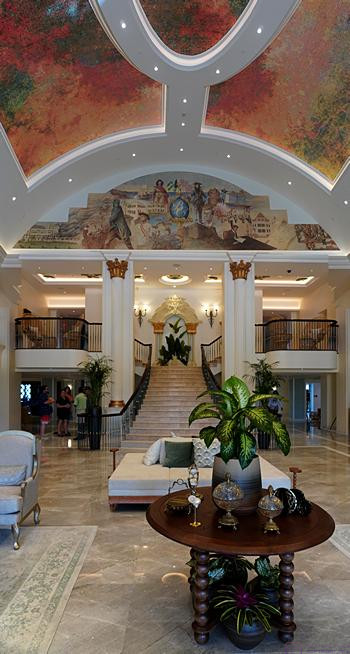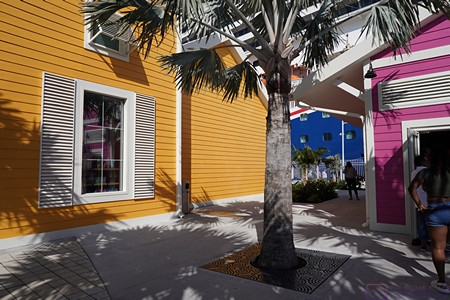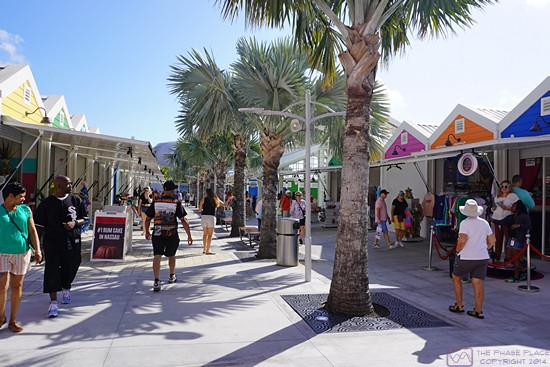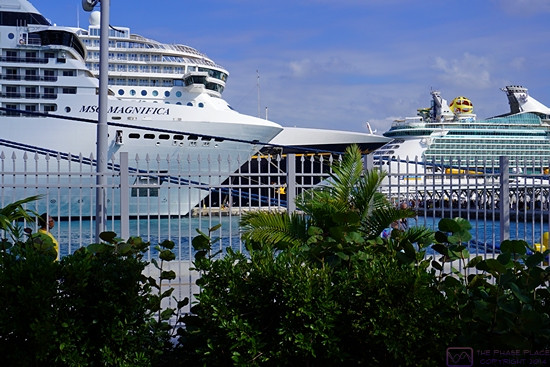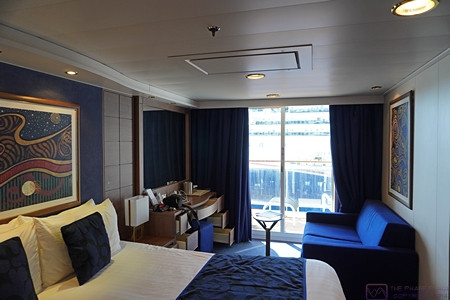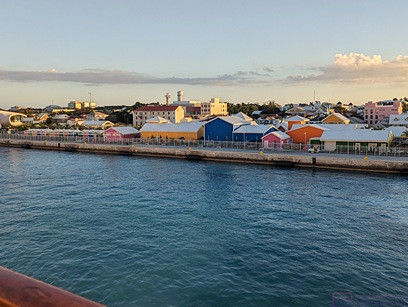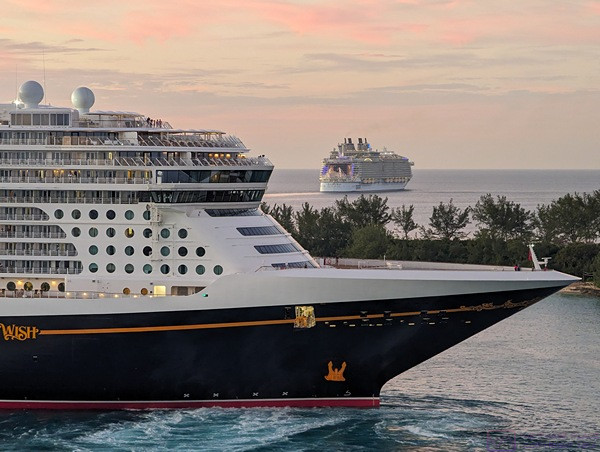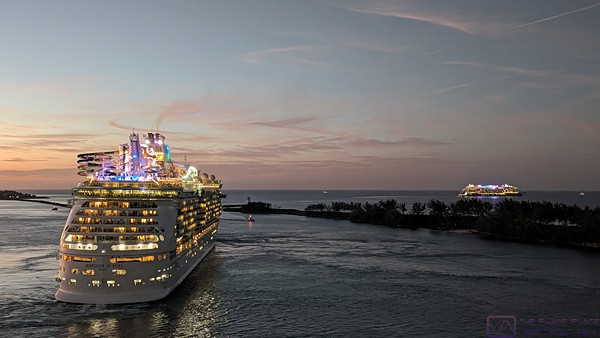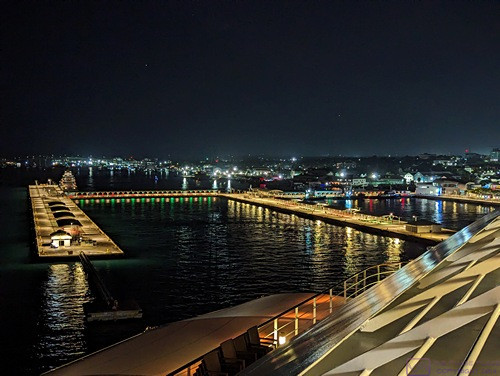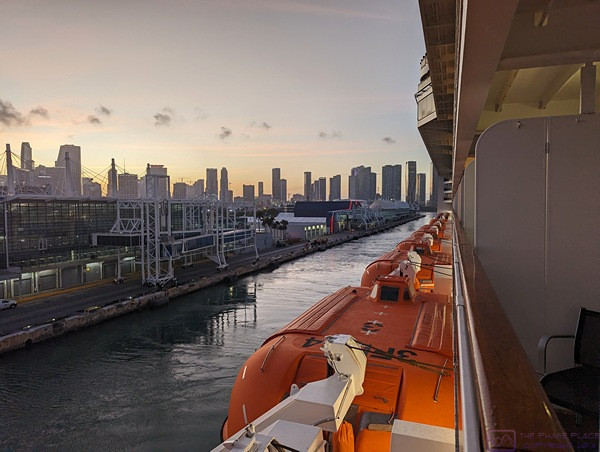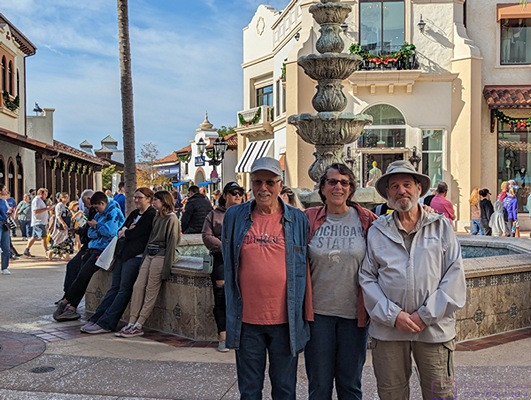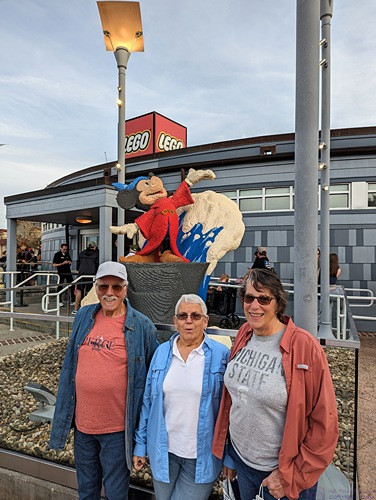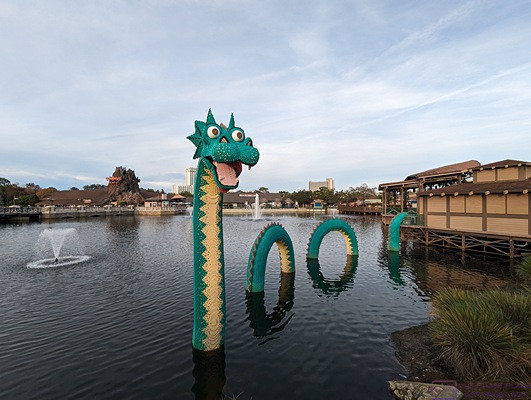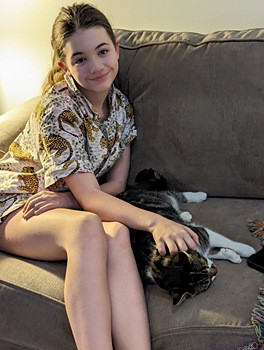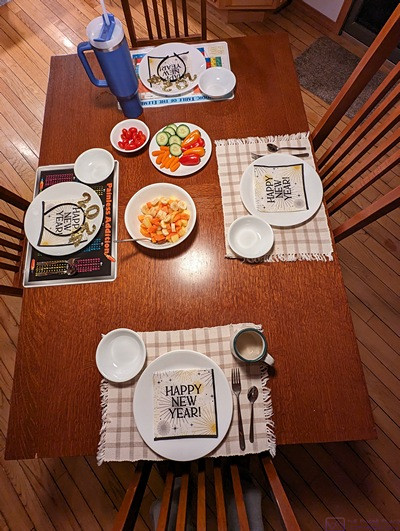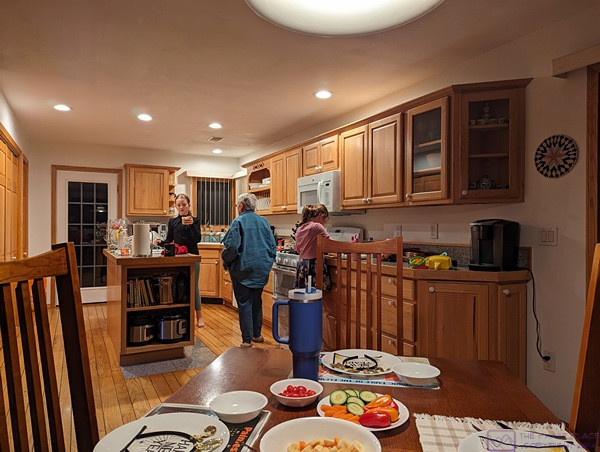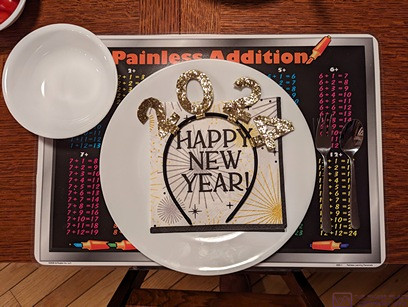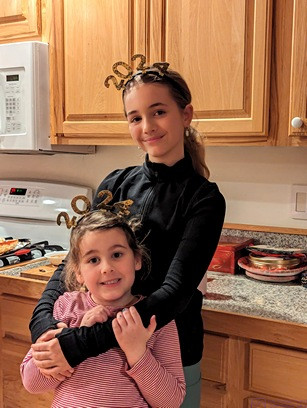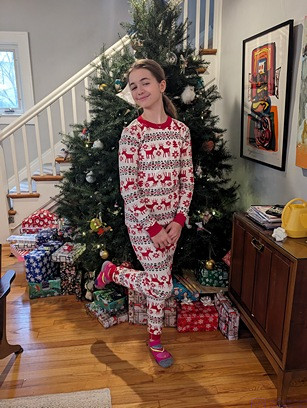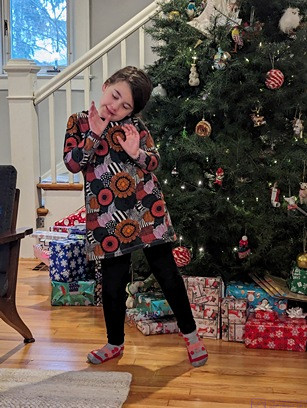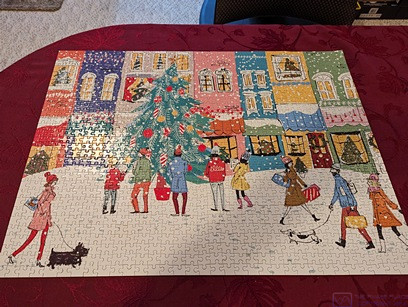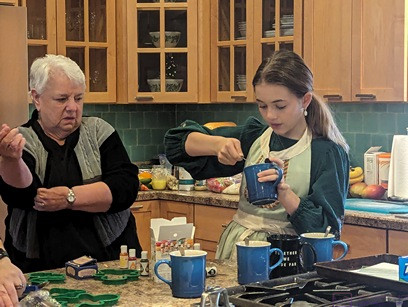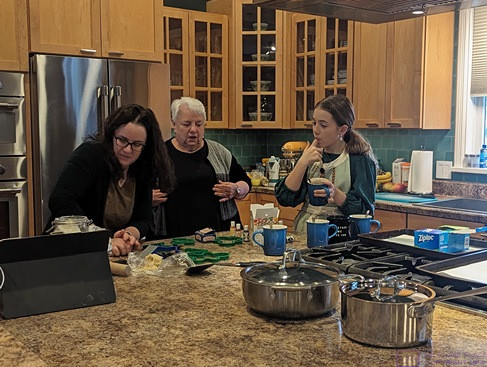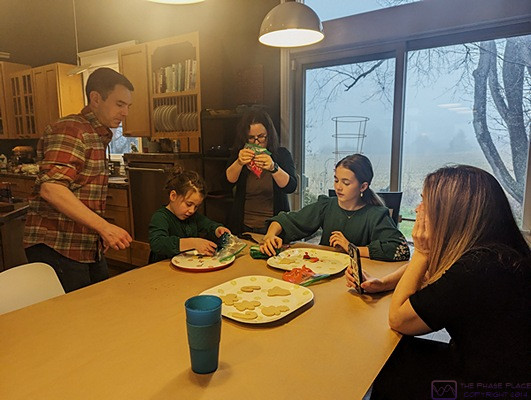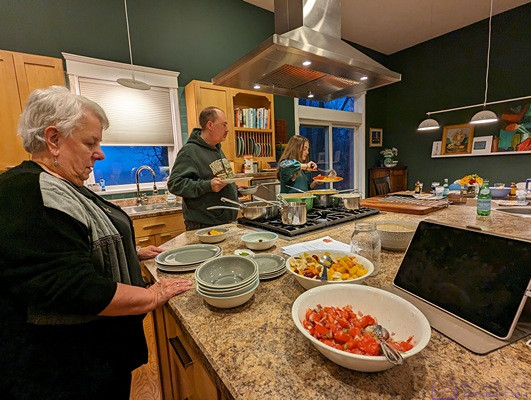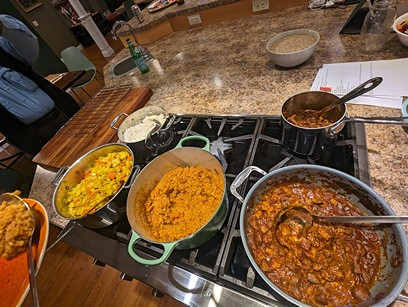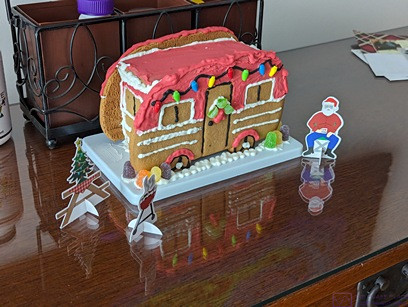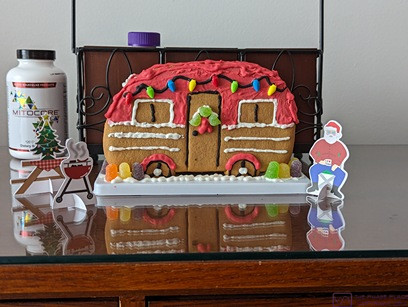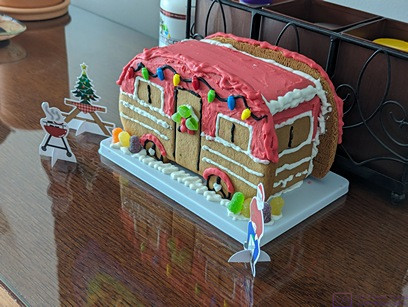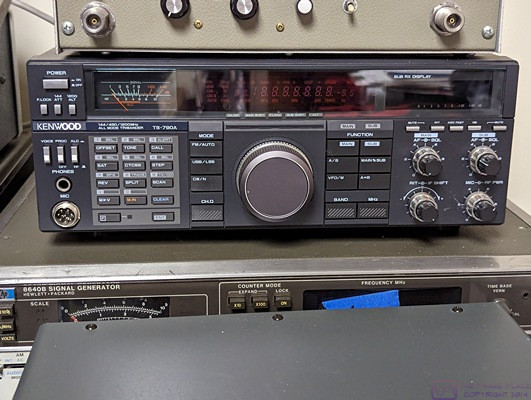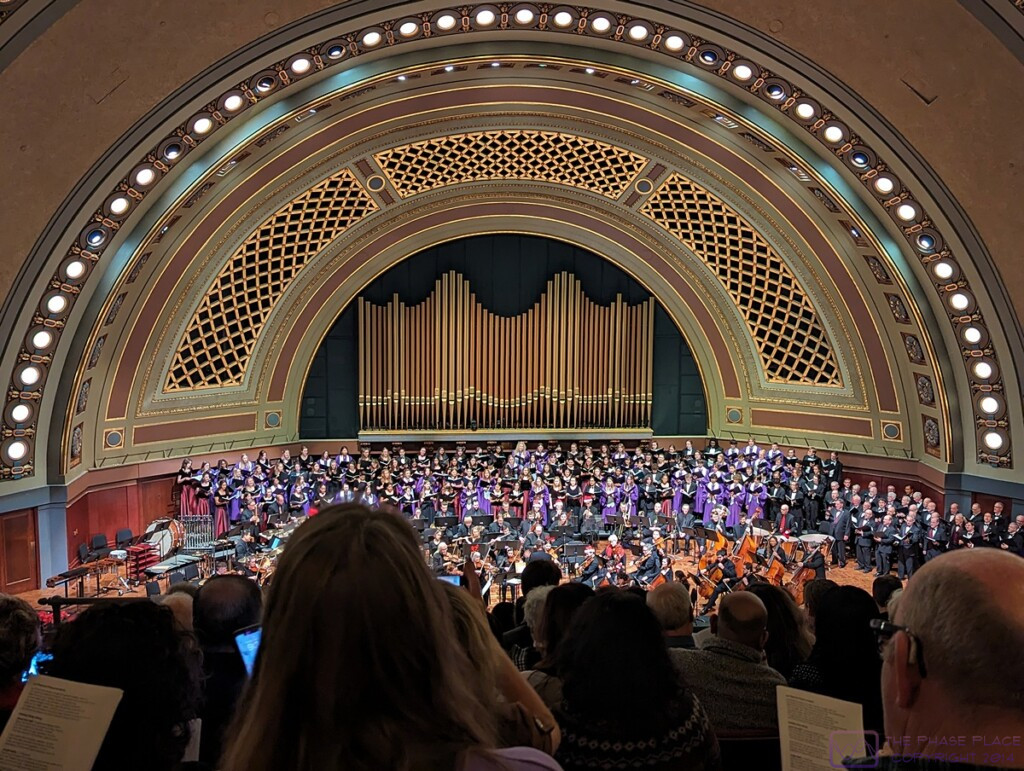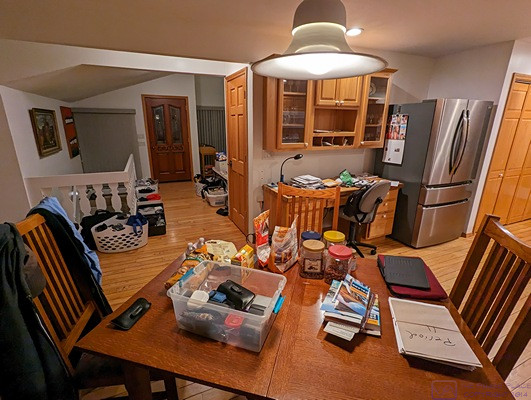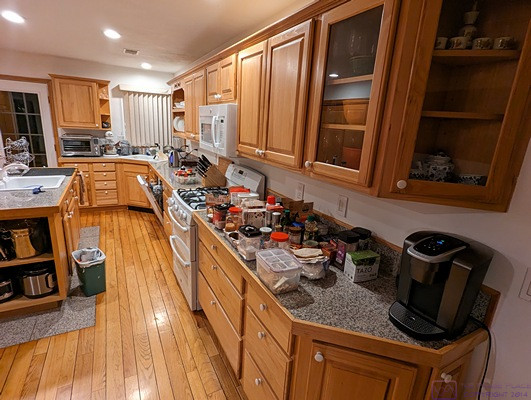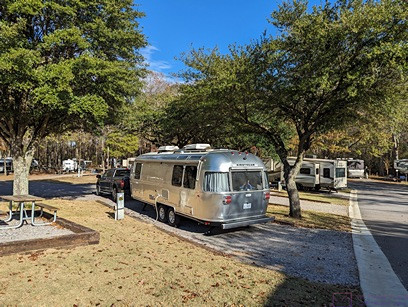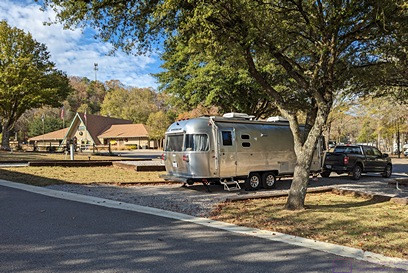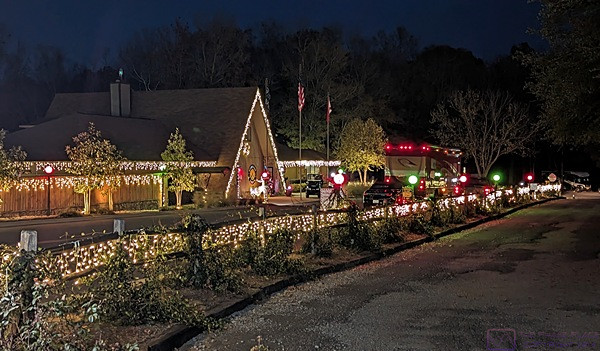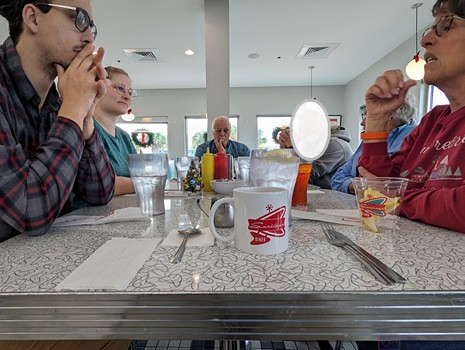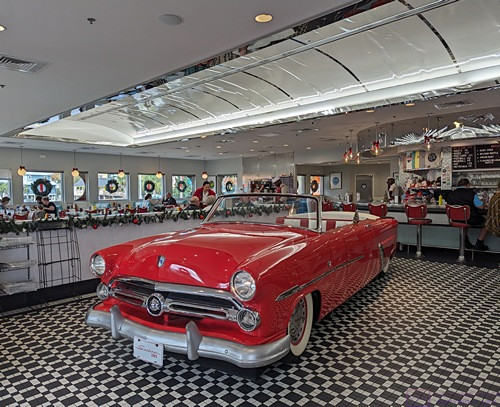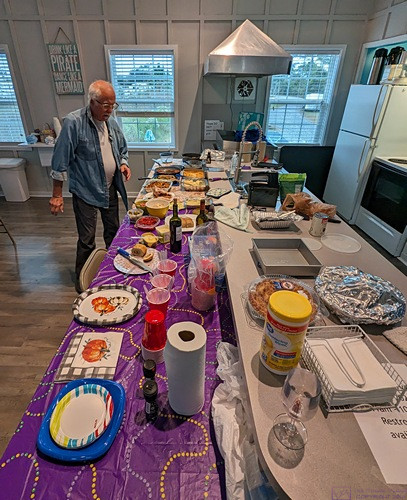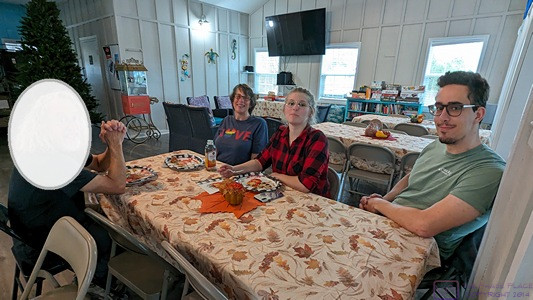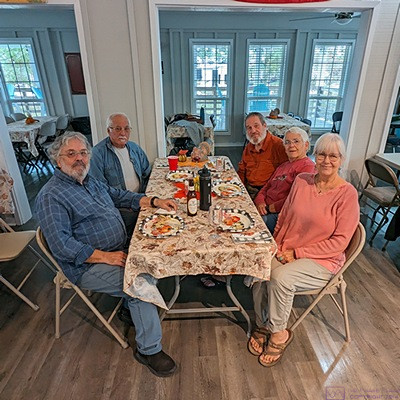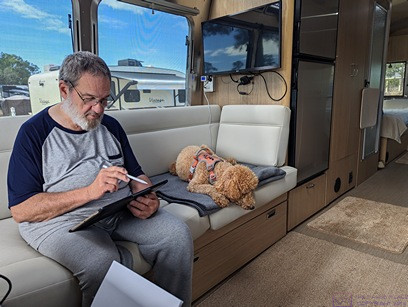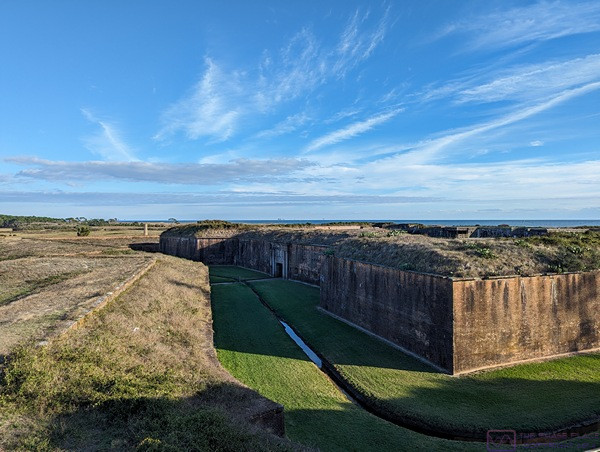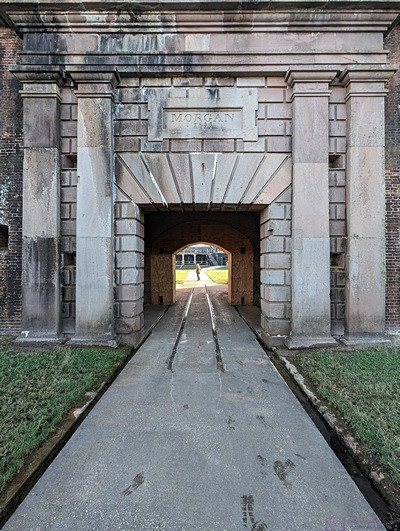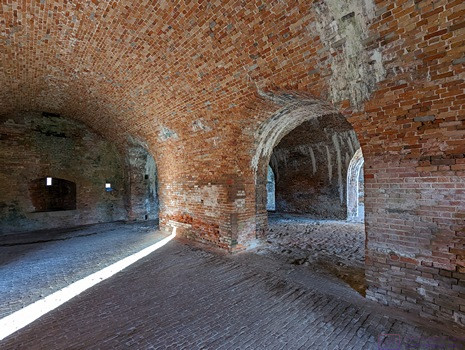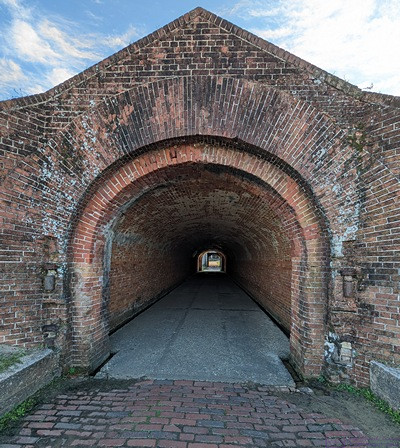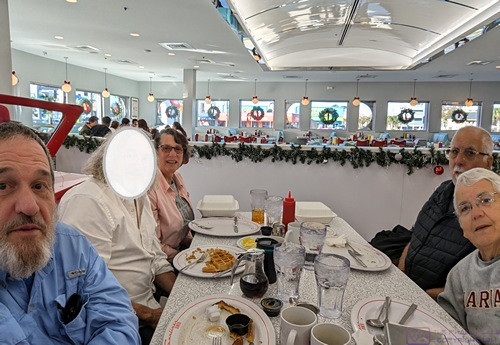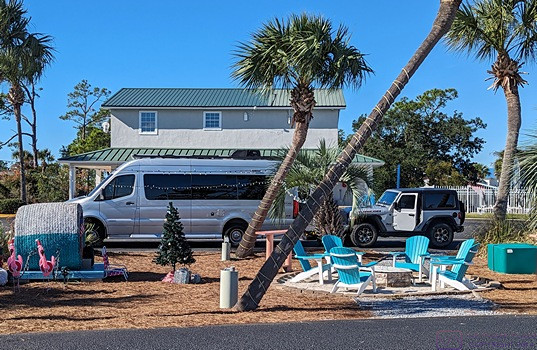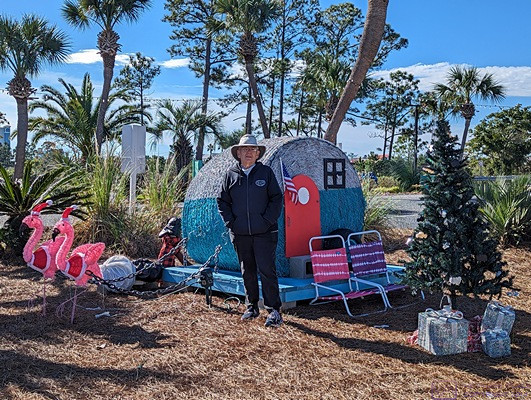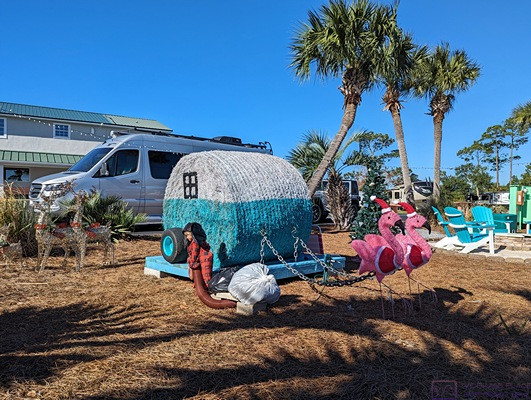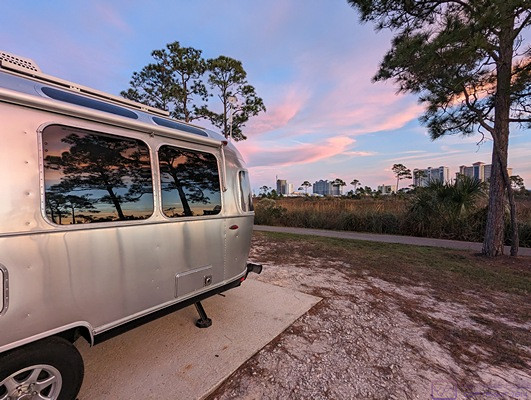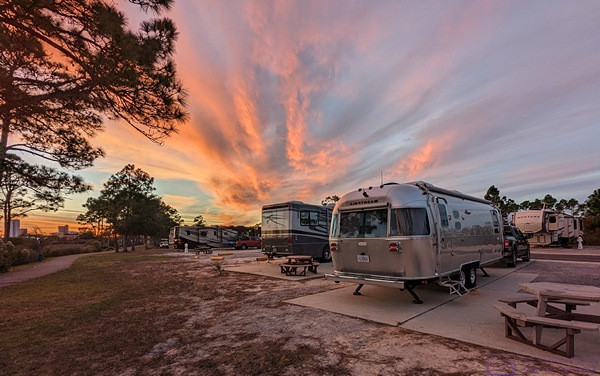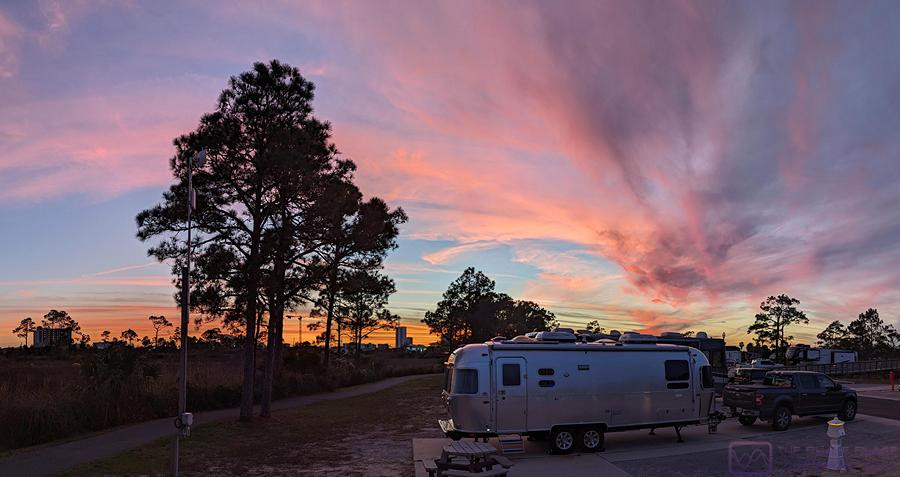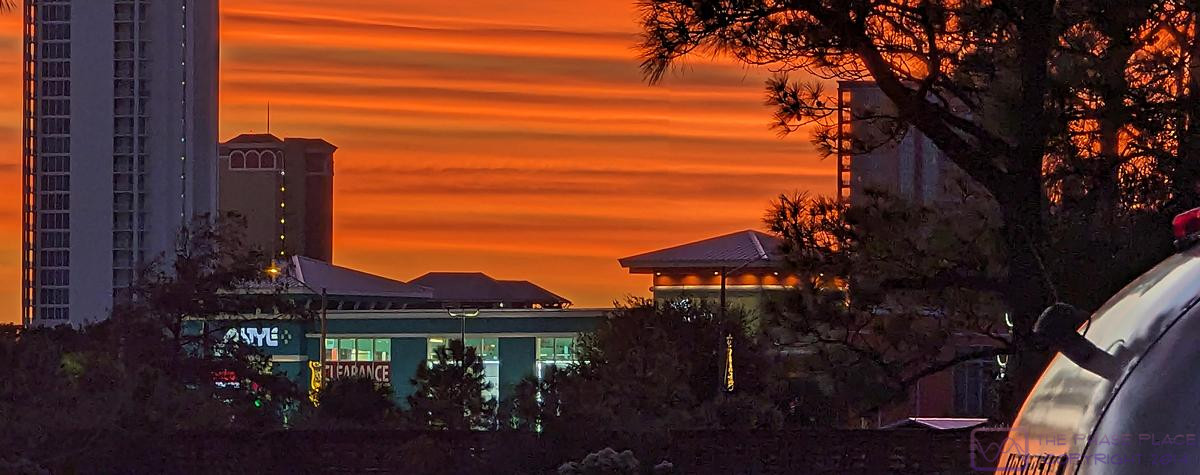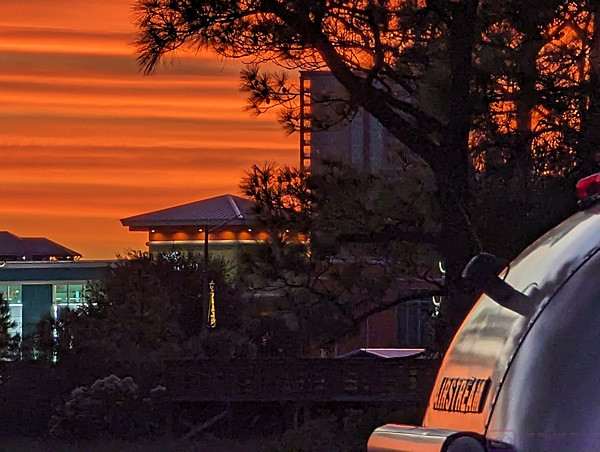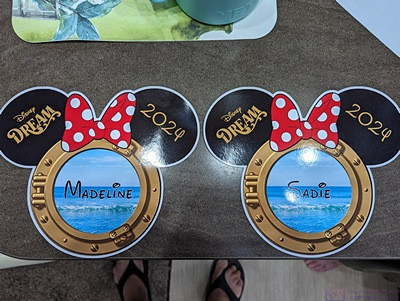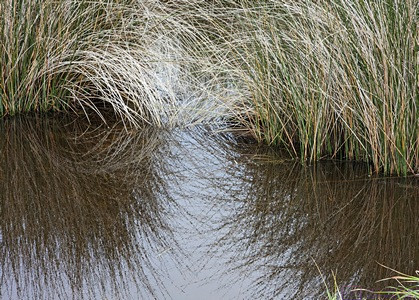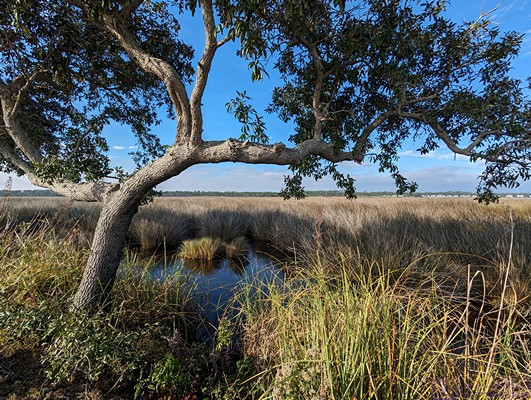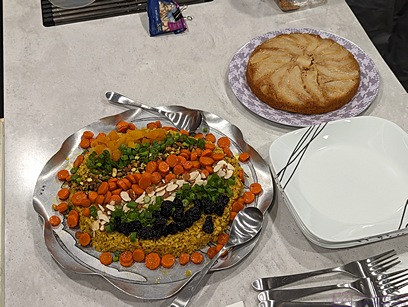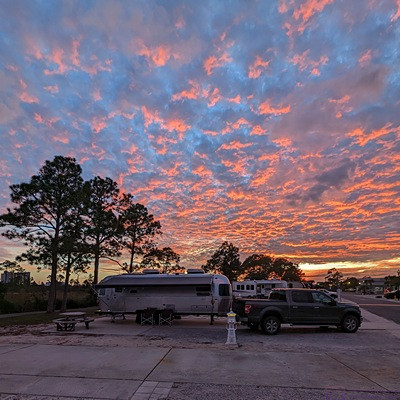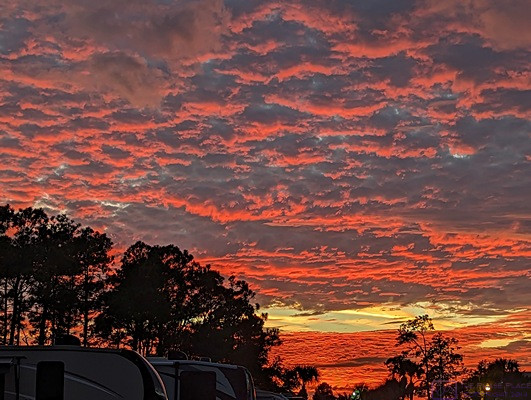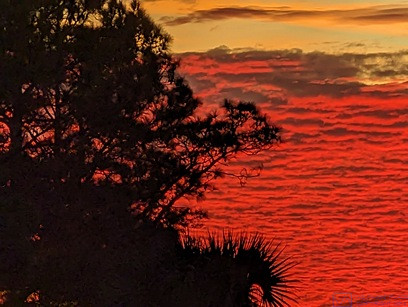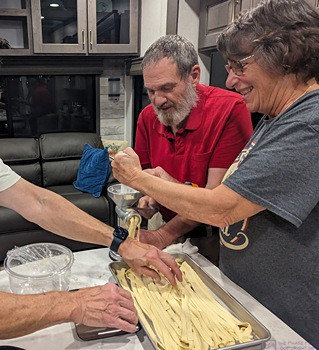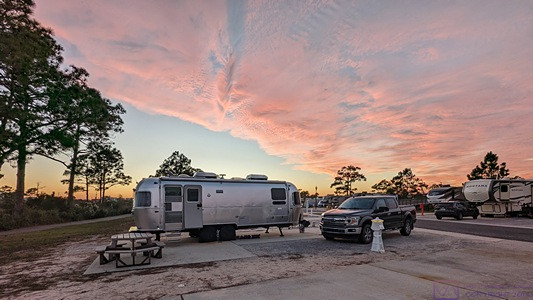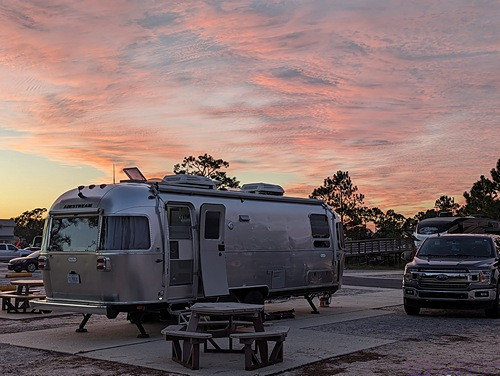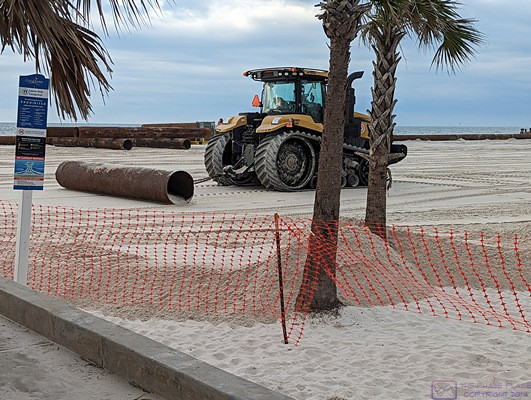NOTE: There are no photos for this post, but it is quite long.
MONDAY 01 – SUNDAY 07 April 2024 — Transitioning into Spring
Although the first day of Spring in 2024 was officially March 19th, here in SE lower Michigan, April is the month when winter really transitions into spring. During the first full week of April, we were still having overnight low temperatures below freezing along with episodes of light snow. But we also heard the “spring peepers” (frogs) start their evening mating chorus. Indeed, spring is heralded as much by sights, sounds, and smells as it is by hours of sunlight and seasonal weather.
Notable among the sounds, along with the spring peepers, was the cacophony of gaggles of Canada Geese, the unmistakable calls of the Sandhill Crane, other bird song, and the loud drumming of distant woodpeckers, the latter suggesting that Pileated Woodpeckers were in the area. Robins had already appeared in late March. Plants started erupting from the ground, trees/bushes started to flower, and the grass started to grow, all sure signs of spring. (Our property, however, was still too wet to mow, which is one of the challenges of spring in this part of Michigan.)
While we waited for warmer/drier weather, so we could work outside comfortably, and took care of several important tasks during the first week of the month. Although a bit mundane, we broke down a large amount of corrugated cardboard packaging and recycled it; all of it accumulated from various things we have purchased over the last many months.
We have now lived “in the country” for over a decade, some 30 miles farther out from the downtown hub of the Detroit metropolitan area than our previous house. During that time, we have maintained core medical, dental, optical, and veterinary services with the providers we have used for a long time; 48 years in the case of the Henry Ford Health System (HFHS) and almost as long for the others. Those providers are now anywhere from 30 to 50 miles from our house, and getting to those locations has become ever more challenging for us because of traffic, road construction, and weather. We have talked about finding closer, more convenient, providers for a while now but, absent a compelling reason to change, it’s always been easier to stick with what we have. The travel distance/time/difficulty has finally become compelling. The same is true of lawyers, financial advisors, car mechanics, house and property service providers, etc., of course We purchased our current vehicles locally and have them serviced by those dealerships, about 4 miles from our house and property maintenance providers come to us. We need to find an attorney in our area who specializes in estates, wills, trusts, and elder law, but have not gotten around to it yet. Although not local, we are very satisfied with our financial advisors. We mostly interact with them via e-mail, phone, and ZOOM calls, but make in-person appointments if we are going to be in the St. Louis, Missouri area.
Top of the list was my decision to change my (Bruce’s) primary care provider. While I wanted a more convenient location I also wanted a more specialized focus. I turned 72 this year, and although my health is generally good and I feel fine (most of the time), I am also realistic about being in my 8th decade and part way into my 73rd trip around the sun. It seemed an appropriate time to move my care to a clinic with a specialized focus on the health issues of the elderly. (I would have liked a setting that was also focused on men’s health and plant-based nutrition, but that proved to be a bridge to far.)
Yes, both of us are now considered “elderly.” Indeed, we entered that category (broadly speaking) when we turned 65. I might not be “old” yet (in my mind), but I plan to be someday, and want to be set up in advance with appropriate medical care. After checking what was available from the HFHS and the University of Michigan Health System (UofMH), I decided to move to the Geriatric clinic at UofMH in Ann Arbor. As a bonus, UofMH also has clinics for some specialty services in Brighton, the city closest to our home.
Early in the first week of April, I had my first appointment with my new doctor (Dr. N), and it was very interesting. He is Nigerian, and did his medical training in London, England. Besides getting acquainted, checking the usual things, ordering comprehensive blood tests, and modifying my blood pressure medication dosage, he examined strength, range of motion, and gait (motion and balance), this being a specific interest of his.
While I was there, the med-tech (MT-V) removed impacted/hardened wax from my left ear using a 50/50 solution of diluted hydrogen peroxide and warm water. I had already had a “new patient” intake ZOOM call with a social worker (SW-S) the week before, but had a second, in-person, meeting with a social worker (SW-A) as the first part of my new patient office visit. SW-A confirmed some of the things I had self-reported or told SW-S, but her main purpose in seeing me was to administer the Montreal Cognitive Assessment (MoCA). (She did not identify it as such at the time, but Linda found it online afterwards and I confirmed that it was the exact set of questions and tasks administered to me.) This is one of those assessments where you are not supposed to practice in advance, which might distort the results. That would not be in my best interest anyway; what I want from such an assessment is an accurate evaluation of cognitive status.
Starting at age 65, a Medicare Annual Wellness Visit is supposed to include a cognitive assessment, but this is the first time I have had such an evaluation, and Linda has never had one. I was slightly apprehensive at first—no one wants to have problems with a cognitive evaluation—but it was interesting and I apparently did okay. More to the point, however, is that I really appreciated being evaluated to establish a baseline with my new doctor, and look forward to repeating this from time-to-time. Indeed, the fact that the UofMH-Geriatric center includes social workers as integral team members is a big deal and underscored that I had made a good choice. Mental decline is often a major health issue as people live through their 70’s, 80’s, and into their 90’s, and this decline can impact their physical, emotional, and social health as well. Early detection means earlier treatment, including changes in lifestyle and living arrangements, with the possibility of better outcomes.
As long as we were dealing with medical arrangements, we checked out the UofM Kellogg Eye Institute (UM-KEI), a world-class center for eye health, that came highly recommended by a neighbor of ours who is a nurse. The main Institute is in Ann Arbor, as is the case for all things UofM Medicine, but they have a satellite clinic in the UofMH specialty clinic closest to our house. The specialty care facility is less than an eight-mile drive with no highways. We made appointments for both of us to have routine vision/eye examinations in the second week of April and get new prescriptions for glasses. Linda definitely needs new spectacles, and I probably do too. The only downside to moving our eye care here is that they do not accept our EyeMed vision insurance. We can submit bills for services to the insurance plan and get some reimbursement, but we will likely get our glasses at one of the local optical shops that accepts our insurance. It’s just easier that way, and I think we get slightly better insurance coverage as well.
Linda has her ENT/audiology services through the Michigan Ear Institute, which is affiliated with Ascension/Providence, located in the northwest suburban part of the Detroit metropolitan area. Although not as convenient, she really likes her doctor and audiologist, who did her Cochlear implant surgery and maintains her Cochlear and ReSound hearing aids, respectively. I couldn’t remember the last time I had my hearing tested and thought it was probably time to do that. UofMH also has an audiology clinic in the nearby specialty center, so I called to make an appointment. Unlike the vision/eye exam, however, audiology requires a referral. I messaged my new doctor and asked for one, but did not have a reply by the end of the week.
In terms of medical providers, we are still considering what to do about dentistry. Our dentist’s office is 50 miles from our house and getting there takes over an hour on some combination of highways and surface streets. It’s road construction season in Michigan. This year is a dozy, and the next year or so will be just as bad. All of the reasonable routes into Metro Detroit have major construction projects in process, and are usually chocked with traffic, so getting there is very inconvenient and frustrating. But we have been treated by this clinic for almost 50 years; initially by our current dentist’s father, and now the son, who is the 3rd generation to have the practice. It’s a good clinic in every way, and it’s hard to walk away from that, but it’s just not convenient for us anymore. Unless we have some dental issue, we won’t have to go there again until early September for our bi-annual cleanings, so we have time to figure out what to do. My guess is we will keep the September appointments and deal with changes next year.
Along the same lines, we have used the same veterinary clinic, near our previous home, for over 40 years. That location is now 35 miles from where we live, with the same attendant road construction projects and traffic issues. When we lost our last cat (Juniper) we decided we would not get another pet, which would have made the issue moot. Cabela (the cat) had different ideas, however, and has effectively adopted us. She originally belonged to the neighbors across the street before they moved and left her behind. We know that she had two litters of kittens and was then spayed, and we know what veterinary clinic in our area was used for these services. We will eventually need to get her examined and inoculated, and will probably use the same local clinic since they (should) have that history in the files.
In terms of non-medical things, we took a large load of corrugated cardboard and Styrofoam to our local recycling center. It always feels good to get this stuff out of the house without throwing it in the trash.
Other tasks during the first week of the month included:
- Taking the cover off of the outdoor furniture set and cleaning it (the cover). I also took all of the bird feeders down from their hangars in preparation for cleaning them and putting them back in service. We have always suspected that the many birds who come to our yard are return visitors if they have survived the winter and the journey back. One of the challenges this year will be where to put bird feed for the Mourning Doves. They are ground feeders, which poses a dilemma now that Cabela has claimed our house and yard as her own. She is a very skilled and determined huntress.
- Getting the lawn tractor/mower ready to use. We have a lawn tractor (riding lawn mower), so one of my tasks over the first week of the month was putting it back in operational condition. This specifically involved re-installing the battery. The tractor lives in the shed during the winter, but the shed does not have electricity (yet). As such, I bring the battery into the garage, which is heated and stays above freezing, and where I can attach it to a maintenance charger.
- Linda wrapped up several tax returns and mailed them to the family members and friends who are out-of-state so they could sign them and mail them to the IRS. For family and friends in Michigan, she files most of them electronically, or delivers them in person.
- Linda also continued to work on period and year-end accounting tasks for the bakery, where she retired as the controller a little over a decade ago. Like all accounting and tax-related work, January through April tend to be the busiest time of the year, but the period accounting work is steady and evenly distributed over the calendar year. She also works on special projects, as needed. Those are harder to plan for, but she works closely with the controller of the bakery (who was hired when Linda retired) and lets him know when we will be traveling. She can do much of the period accounting work remotely, but year-end work is more difficult, and special projects can be a challenge depending on what they are.
Our lawn maintenance guy (Keith) texted me last month to let me know that he was ready to start mowing for the season whenever we were, but the yard soil is still very wet, and we are at least a few weeks away from having him start mowing. Indeed, we had snow again late in the week; not much, but it was still moisture that ended up in the ground. The snow seems to be alternating with rain, but no surprise there. April is typically our rainiest month, but we can have ice storms as late as early May, and we have had years where Keith could not mow the west part of the property until sometime in June. (That was before Phil installed a French drain in that part of the property, so Keith can now usually get started sometime in May.)
We have used Keith for all but our first year in this house. He does a great job and does not ask for a contract or pre-paid amount for the season; we just pay him each time he mows. He doesn’t mind if we occasionally have him skip a week, and will adjust his schedule and/or make an extra visit, if we ask and he is able to do so. We don’t do that unless we have to, and skipping weeks usually corresponds to either very wet conditions, making the lawn un-mowable, or conditions when the grass is not growing very quickly, such as an extended summer dry spell or late in the season as fall gives way to winter. The only reason we would ask for an extra mowing is if we had an important weekend gathering, wanted the grass cut on Friday so it looked nice, and I did not have time to do it myself. Our usual day is Tuesday.
…
